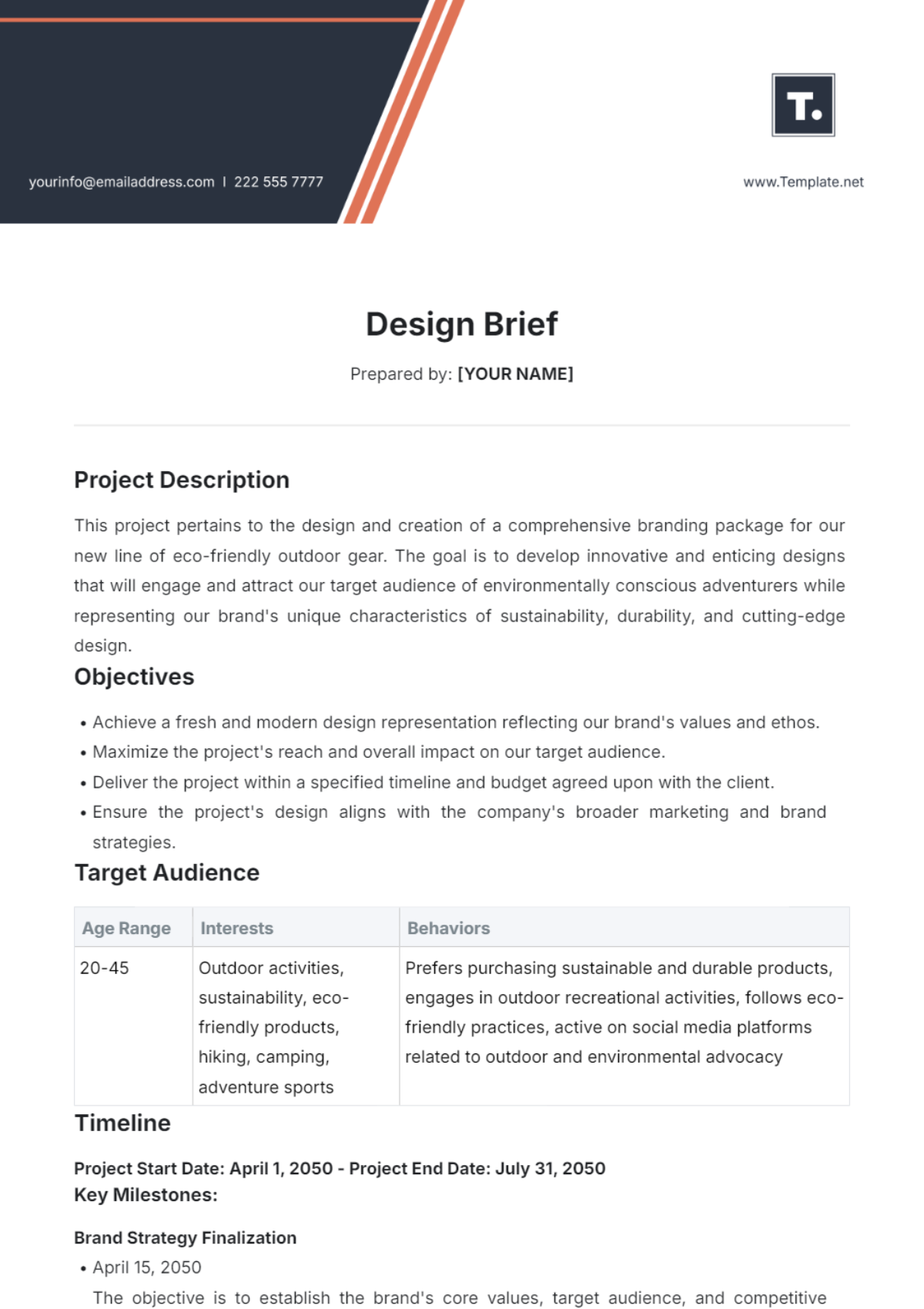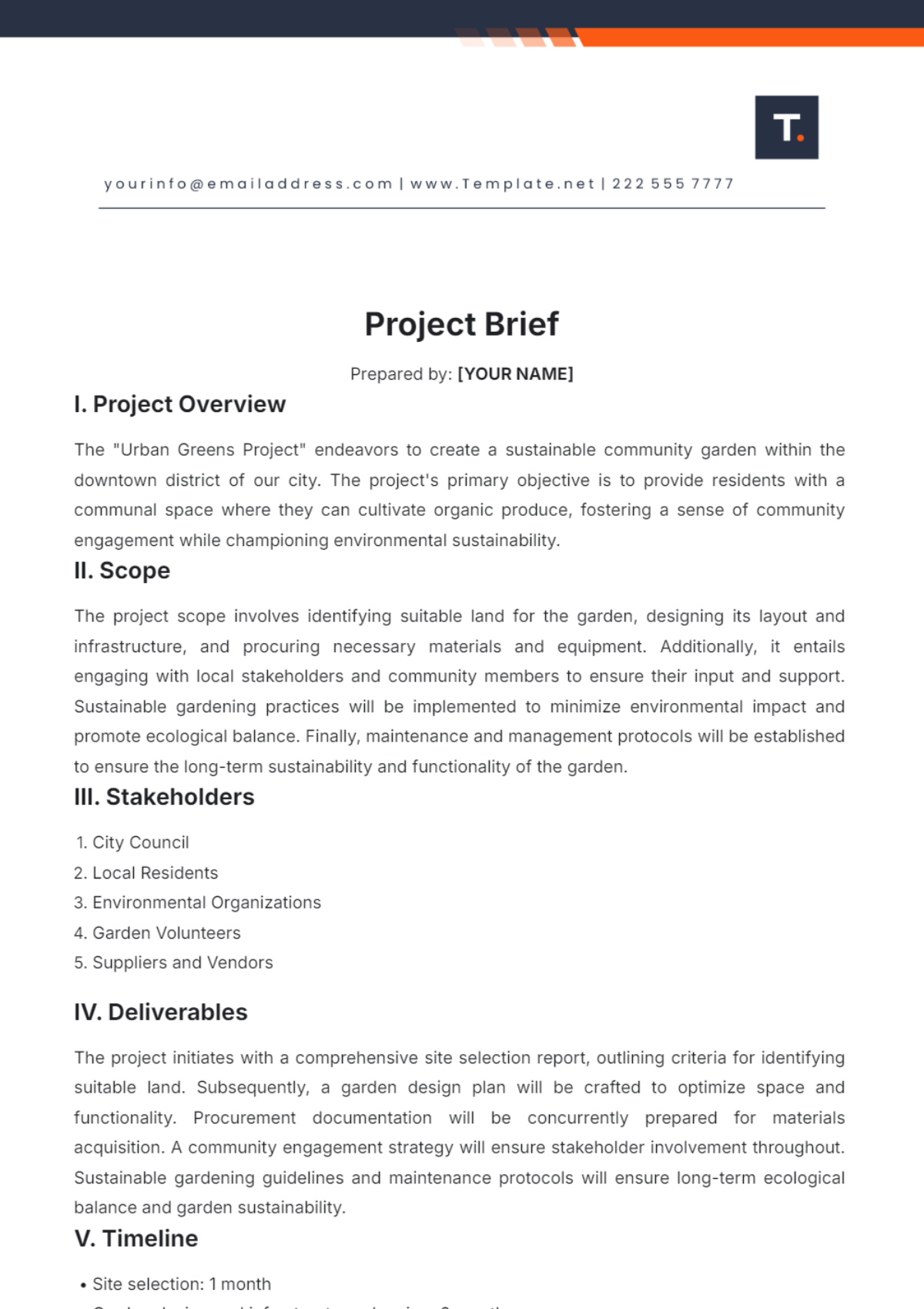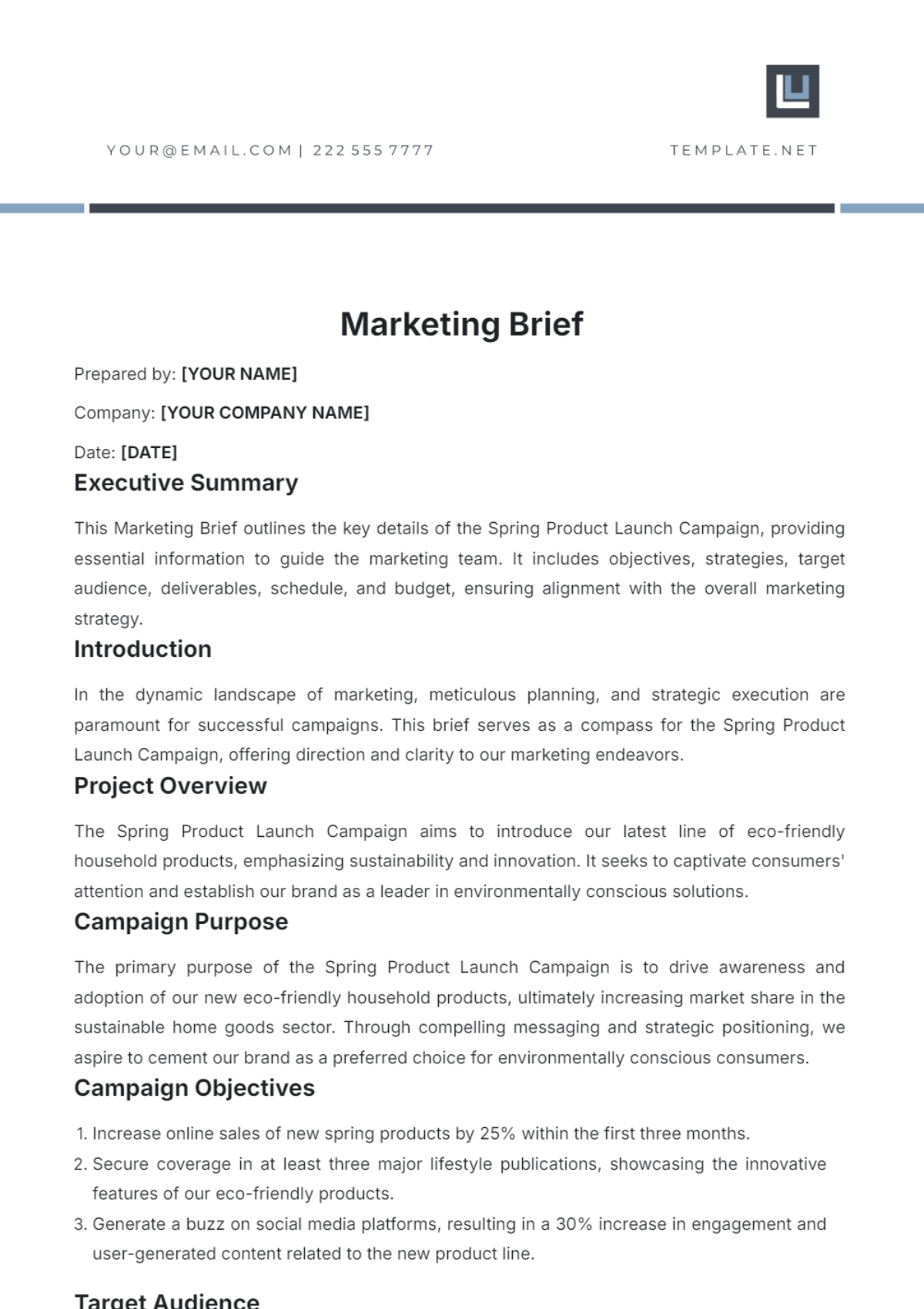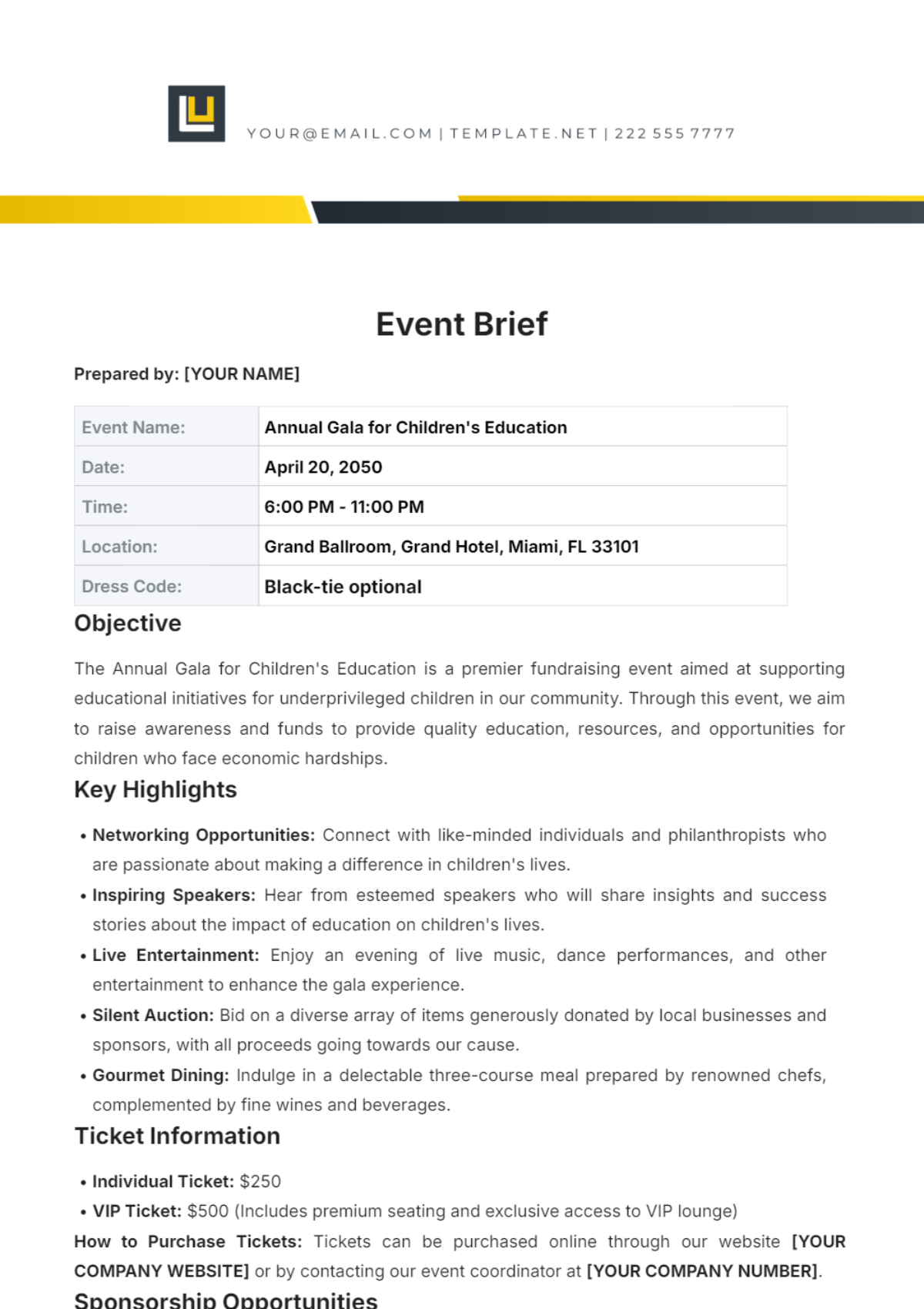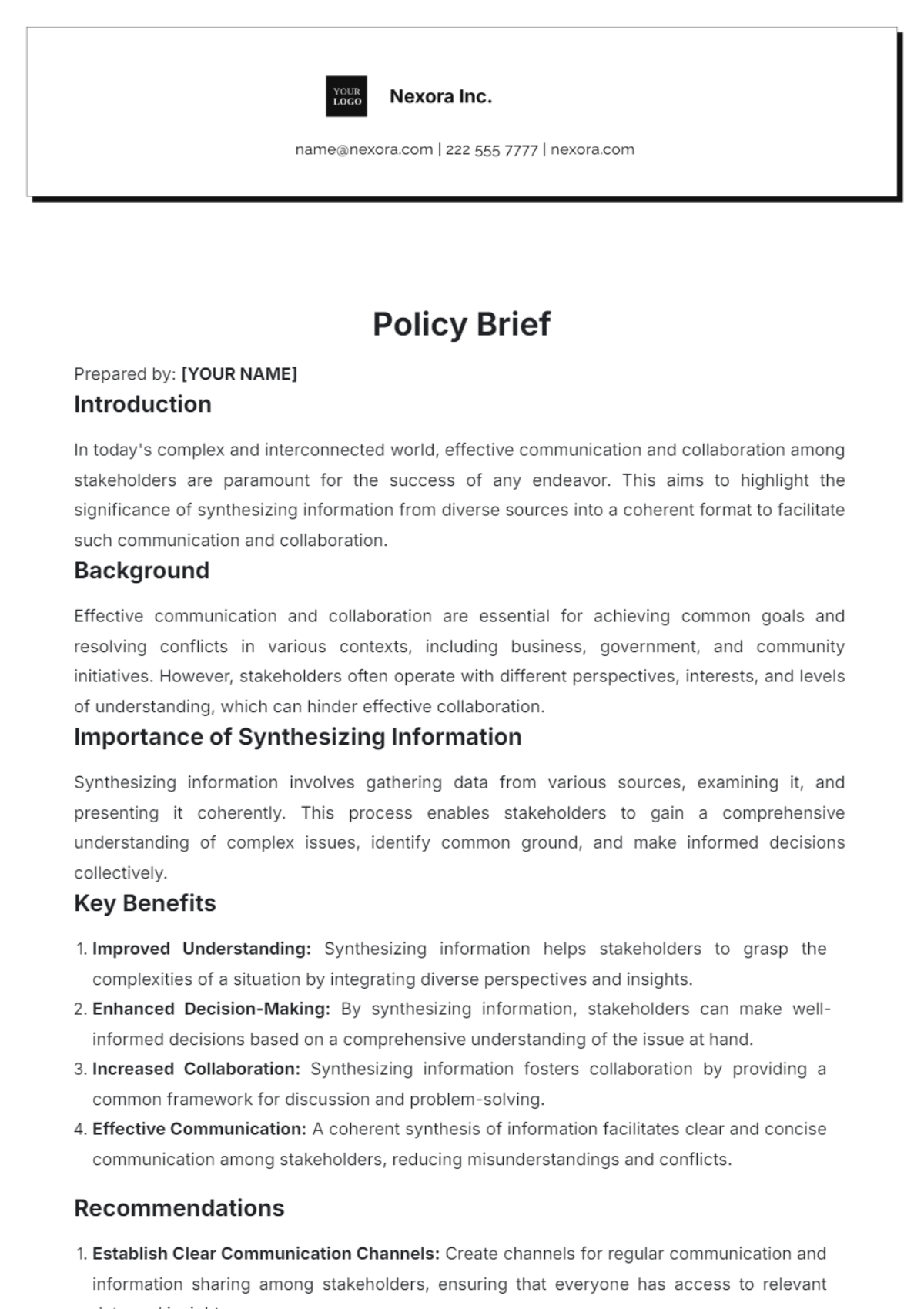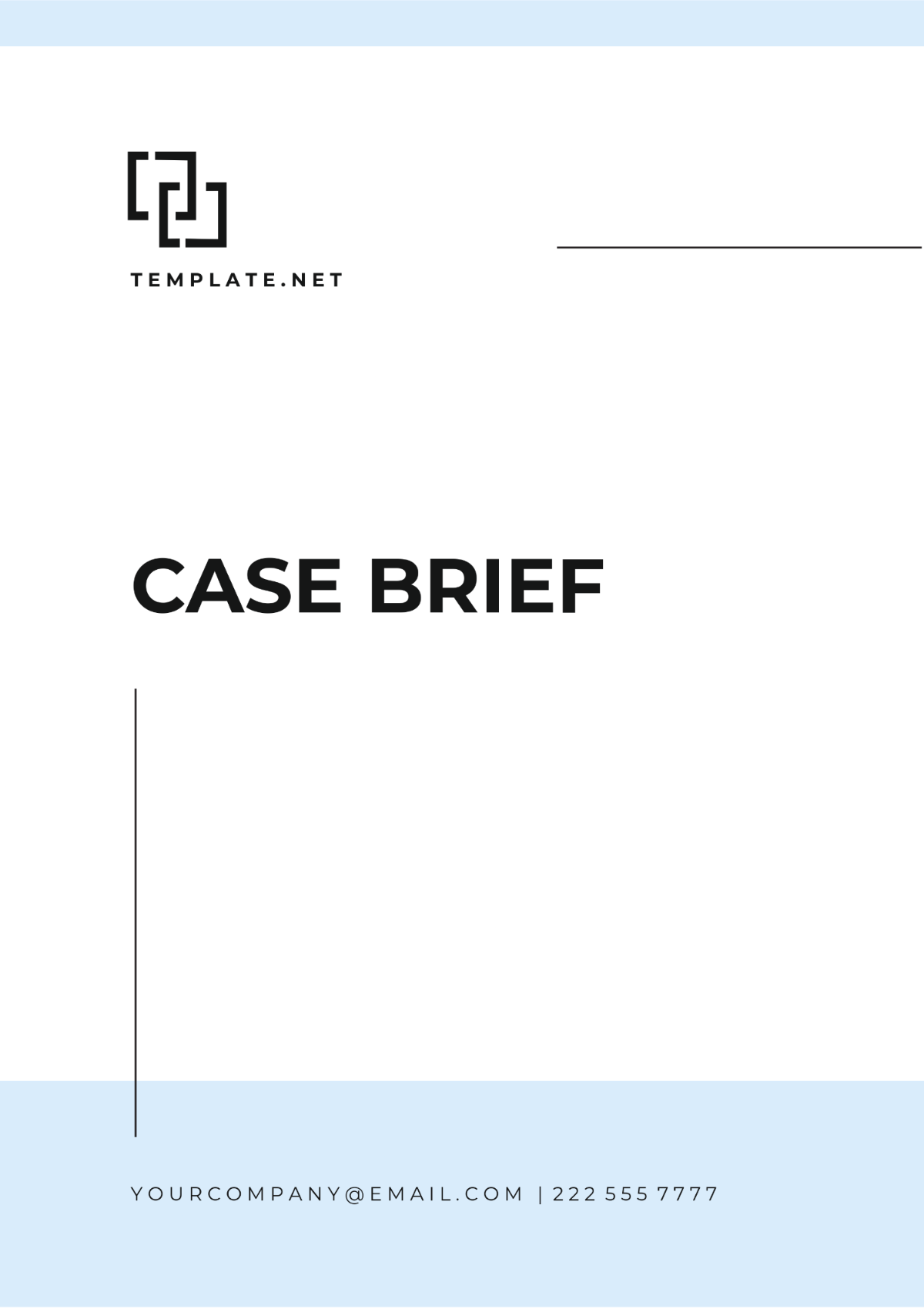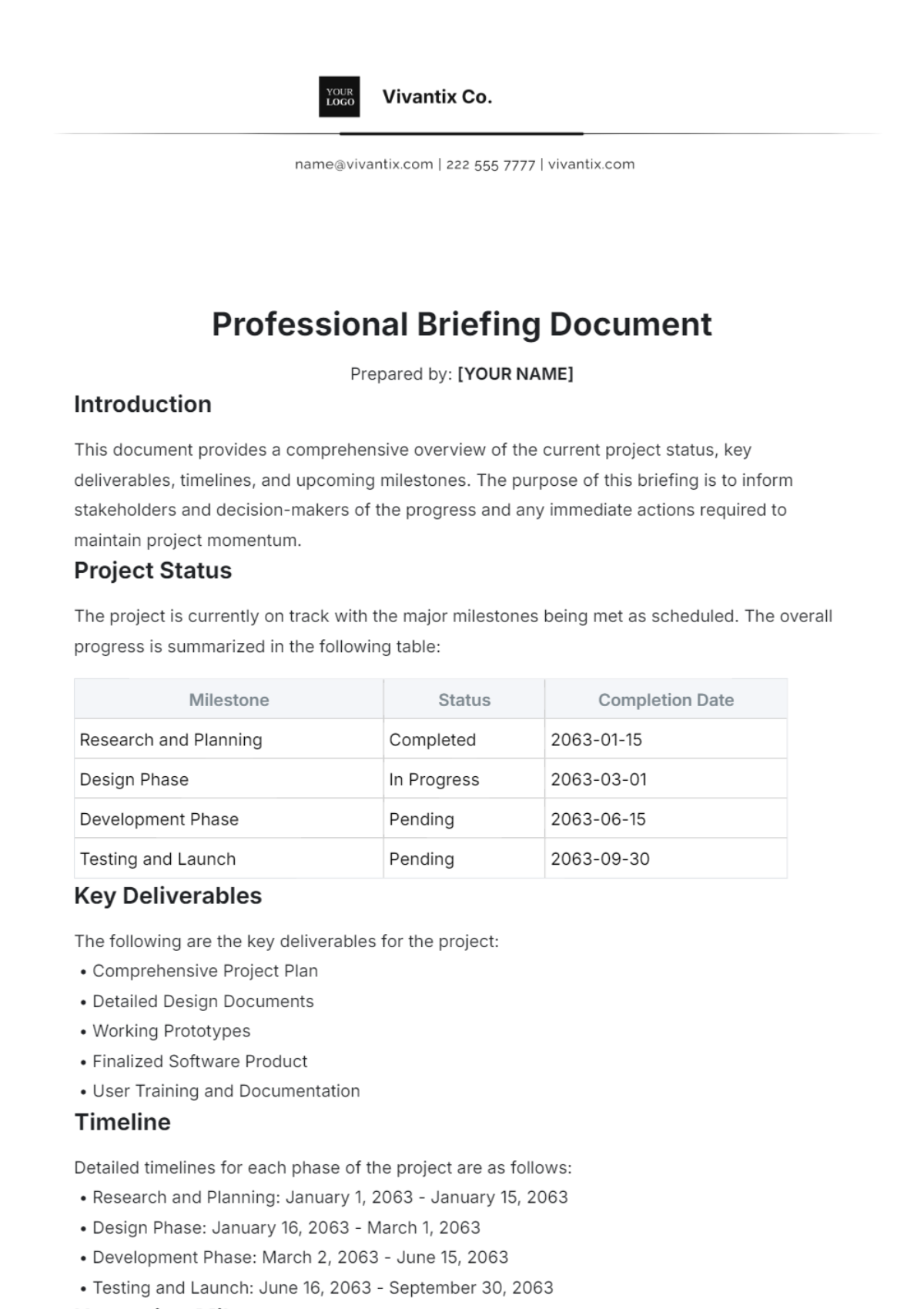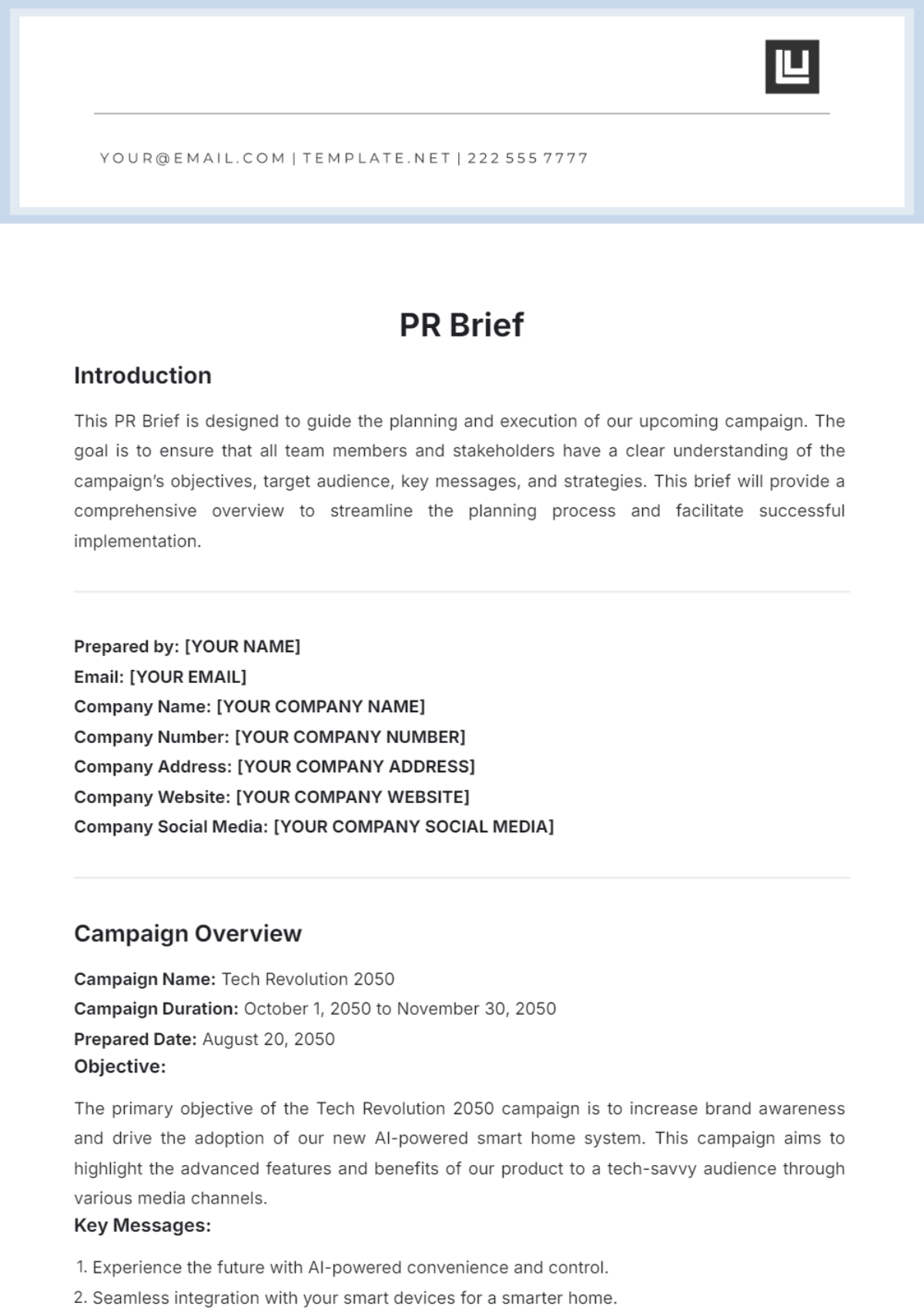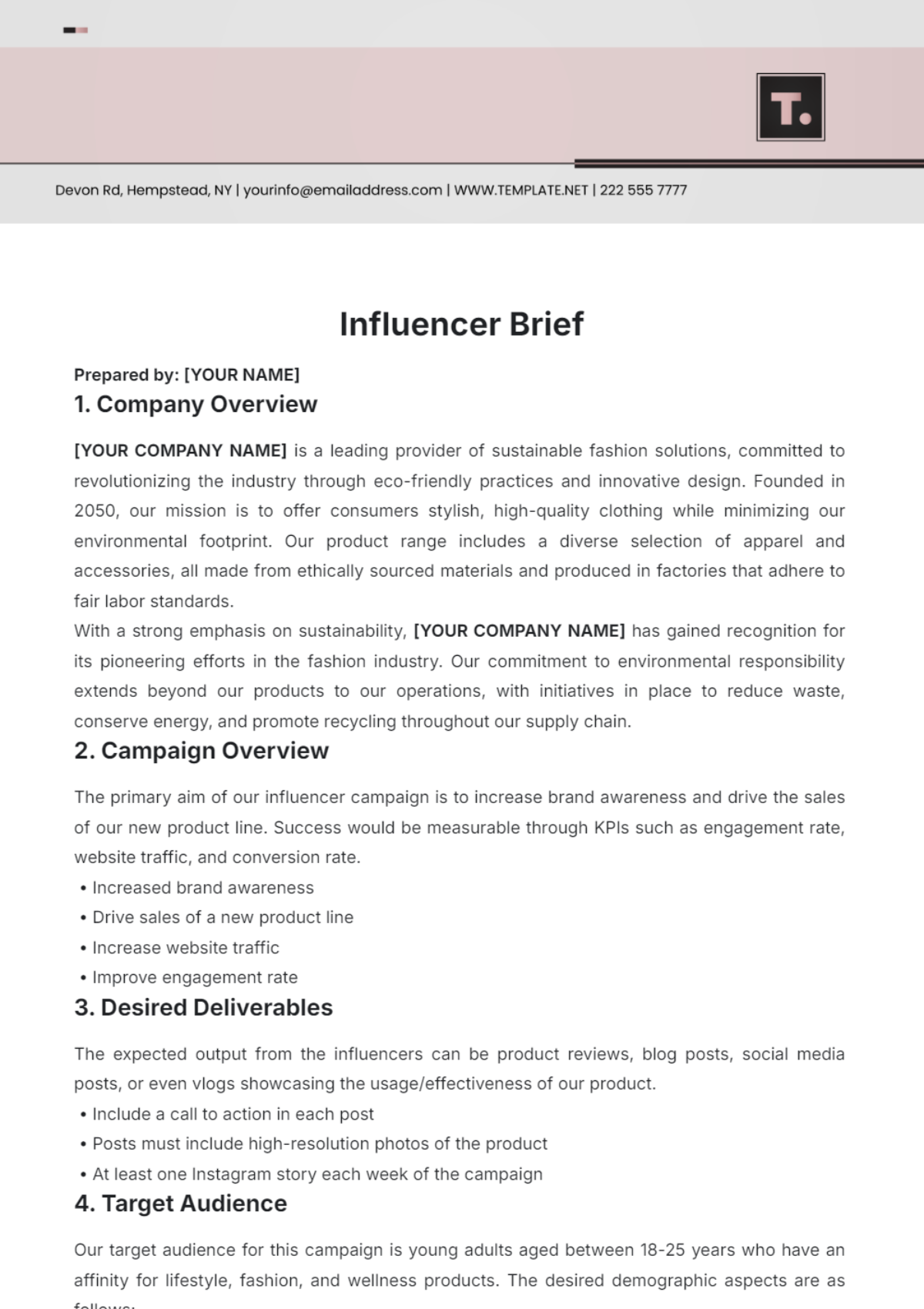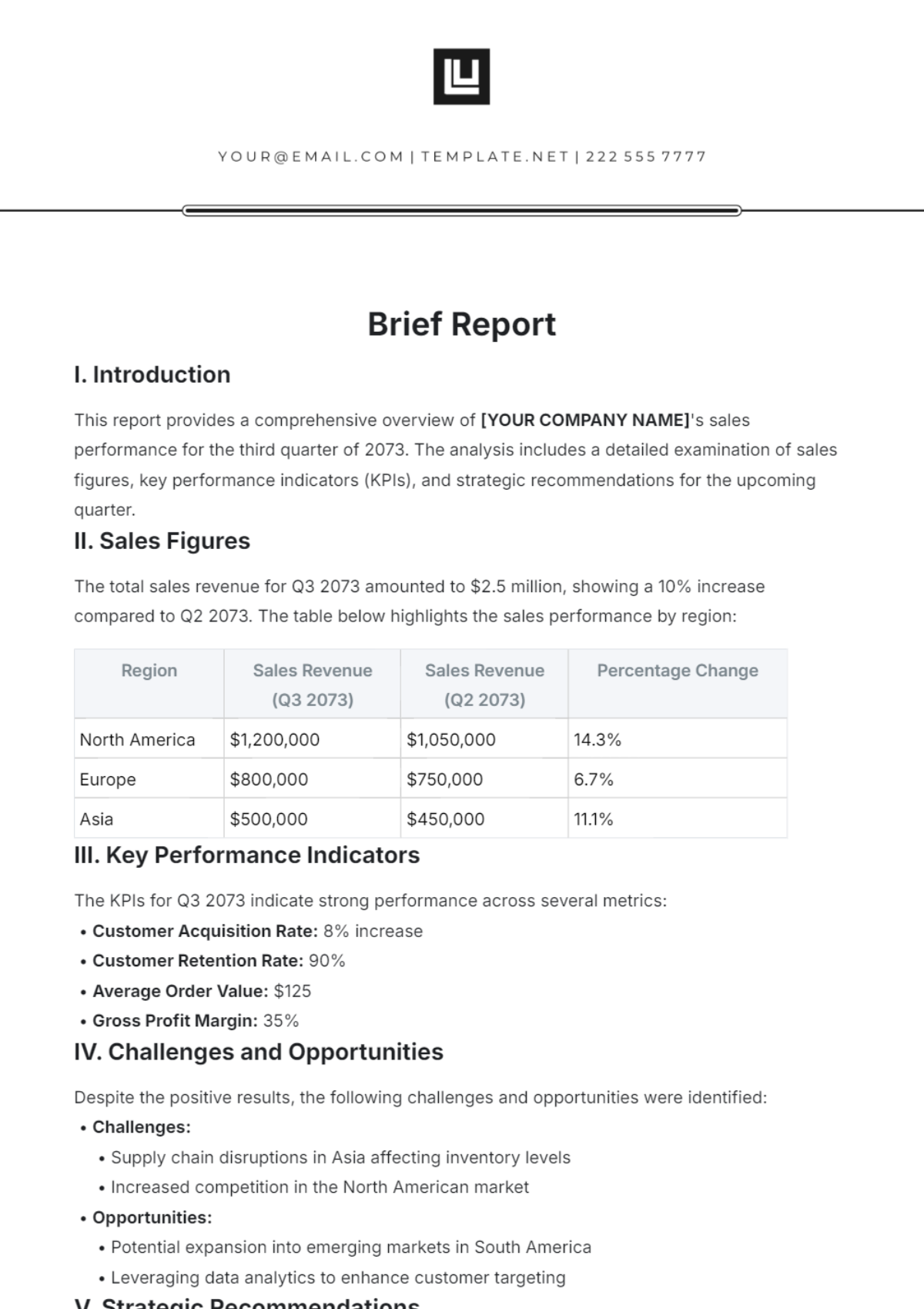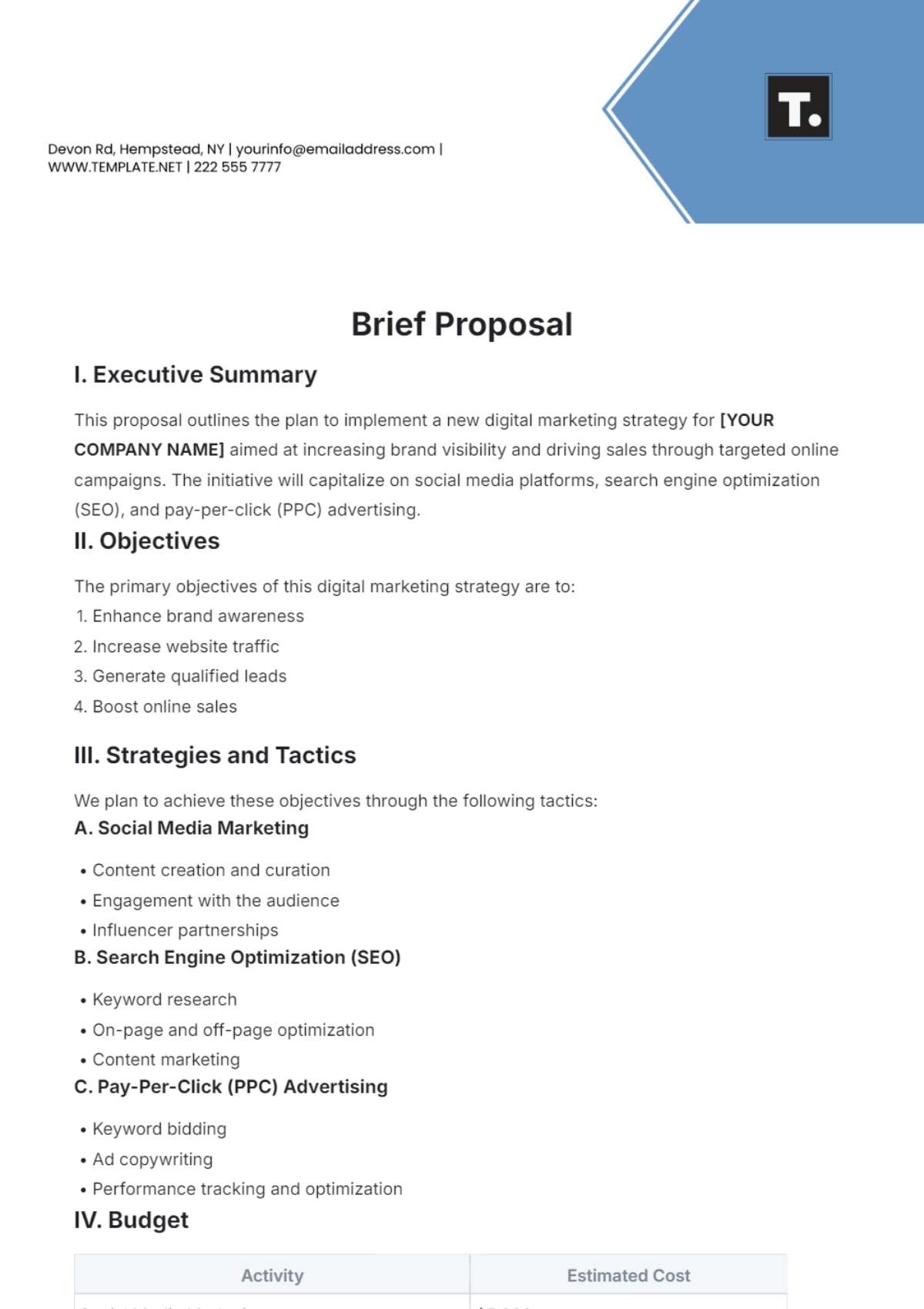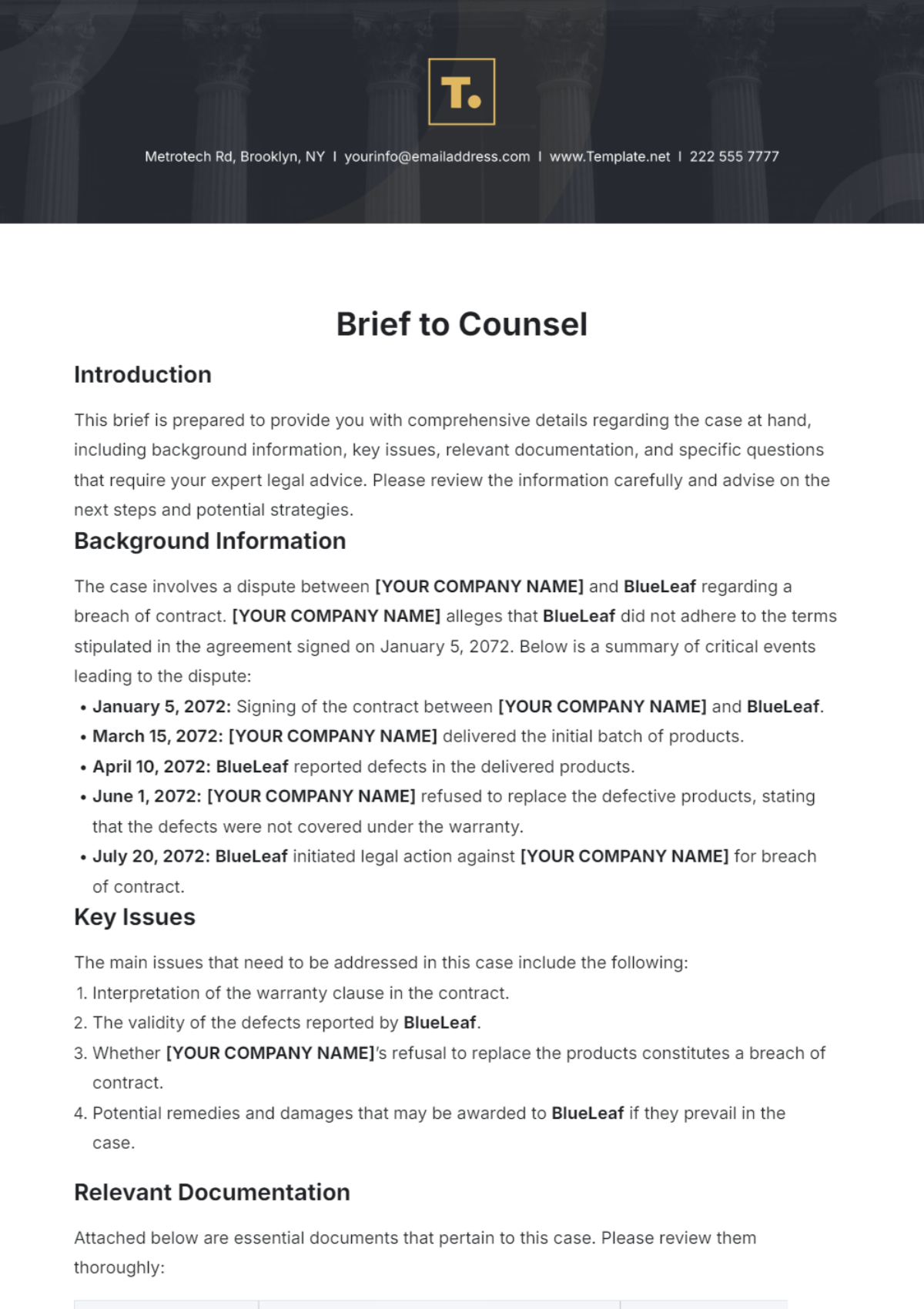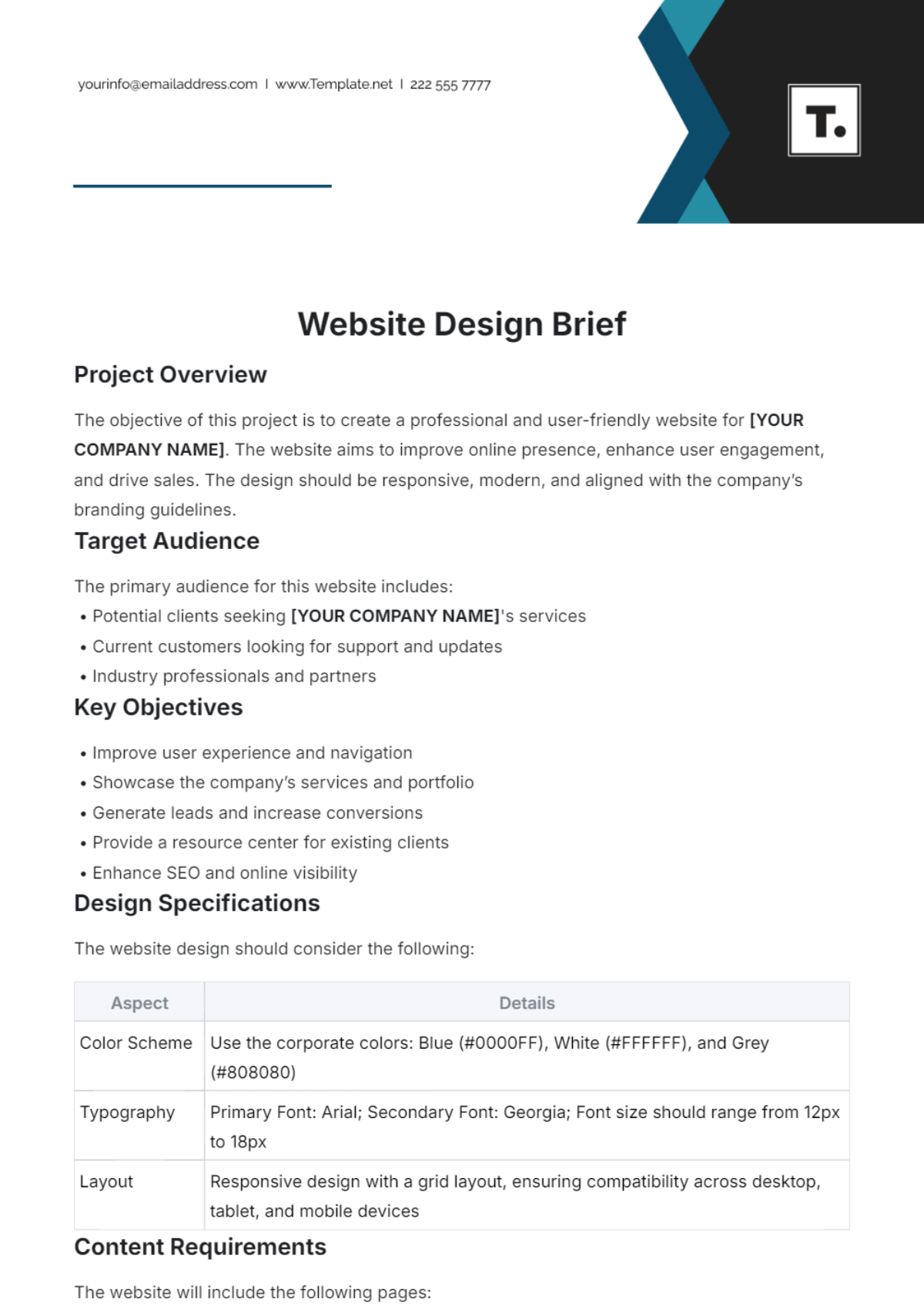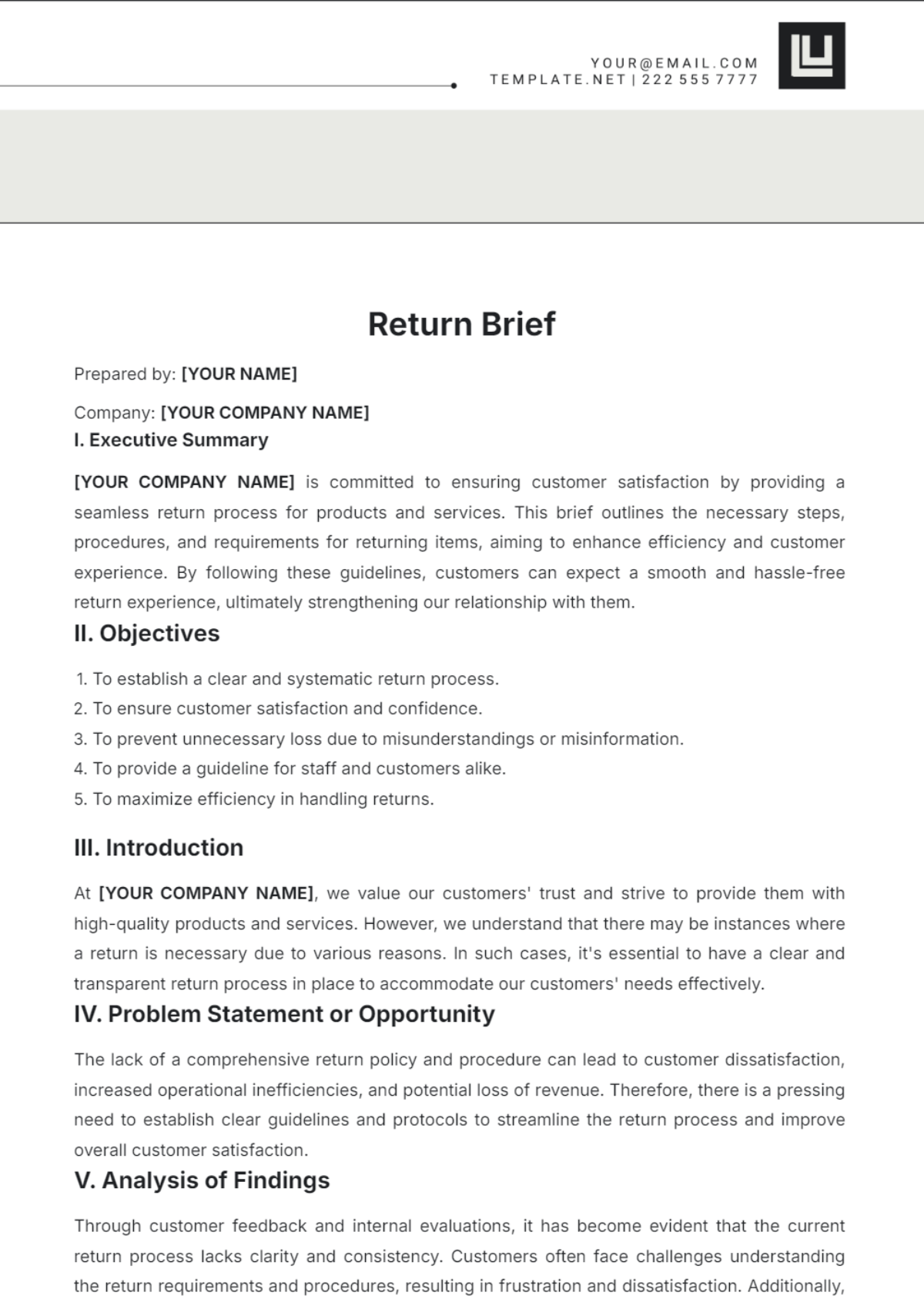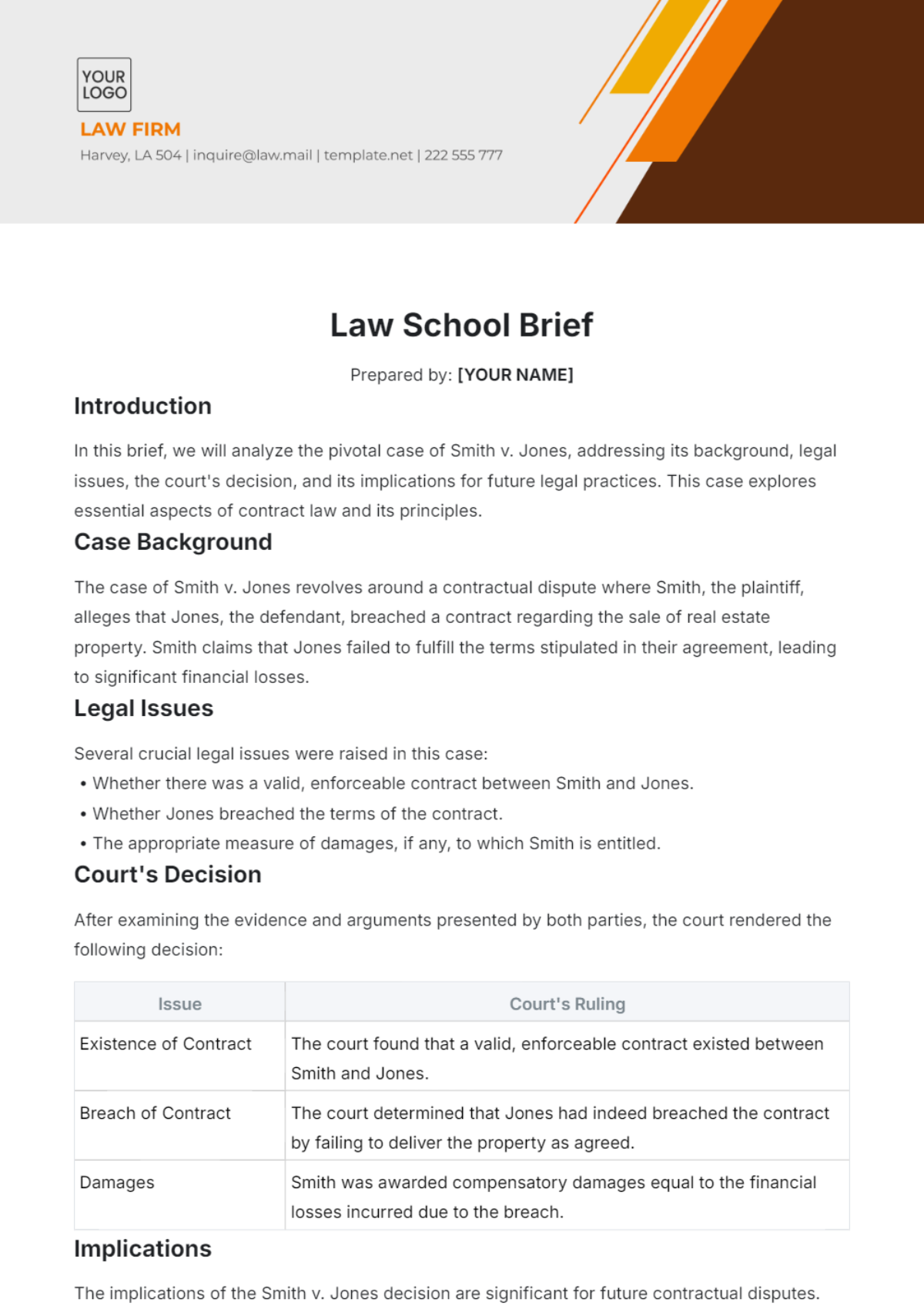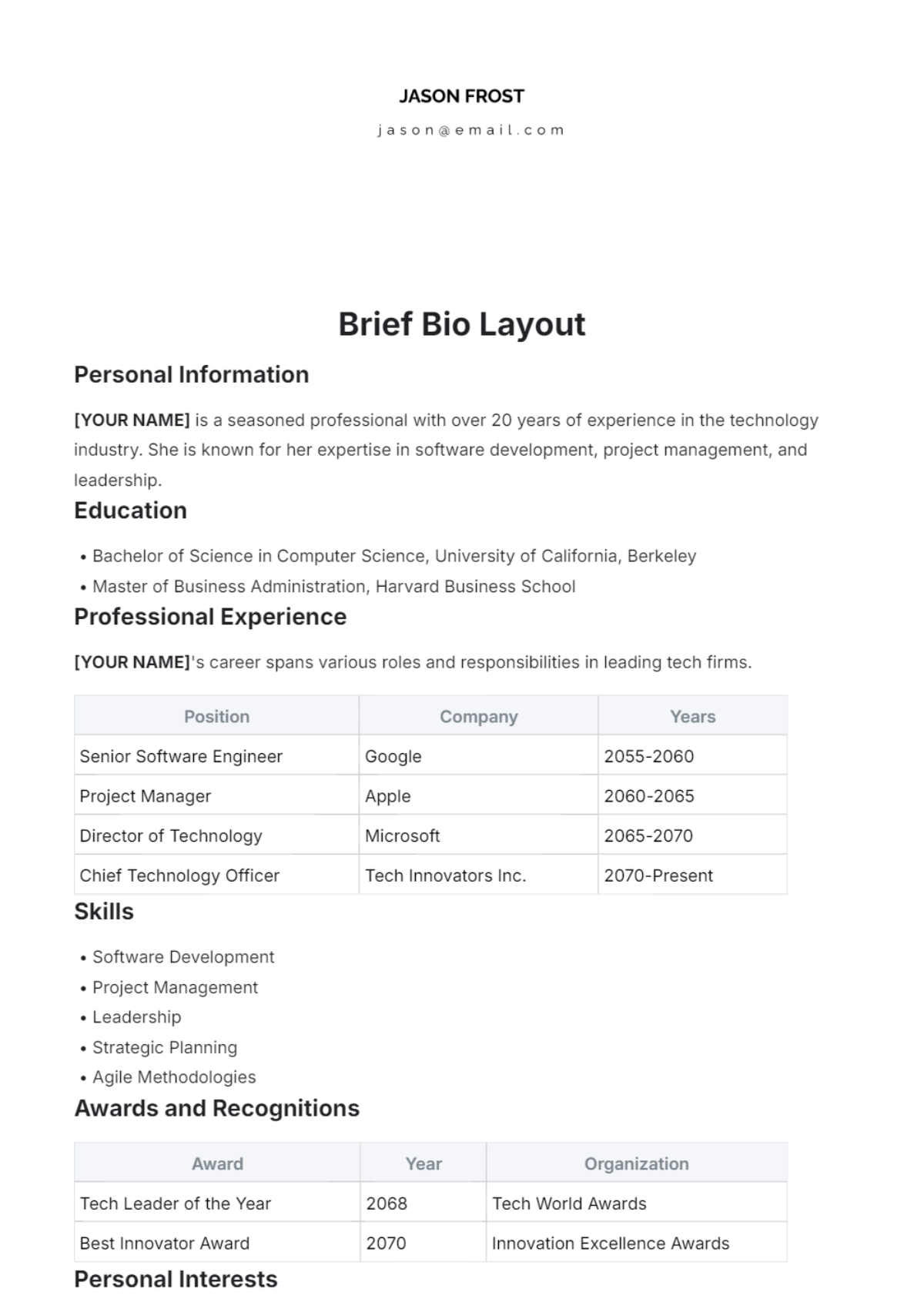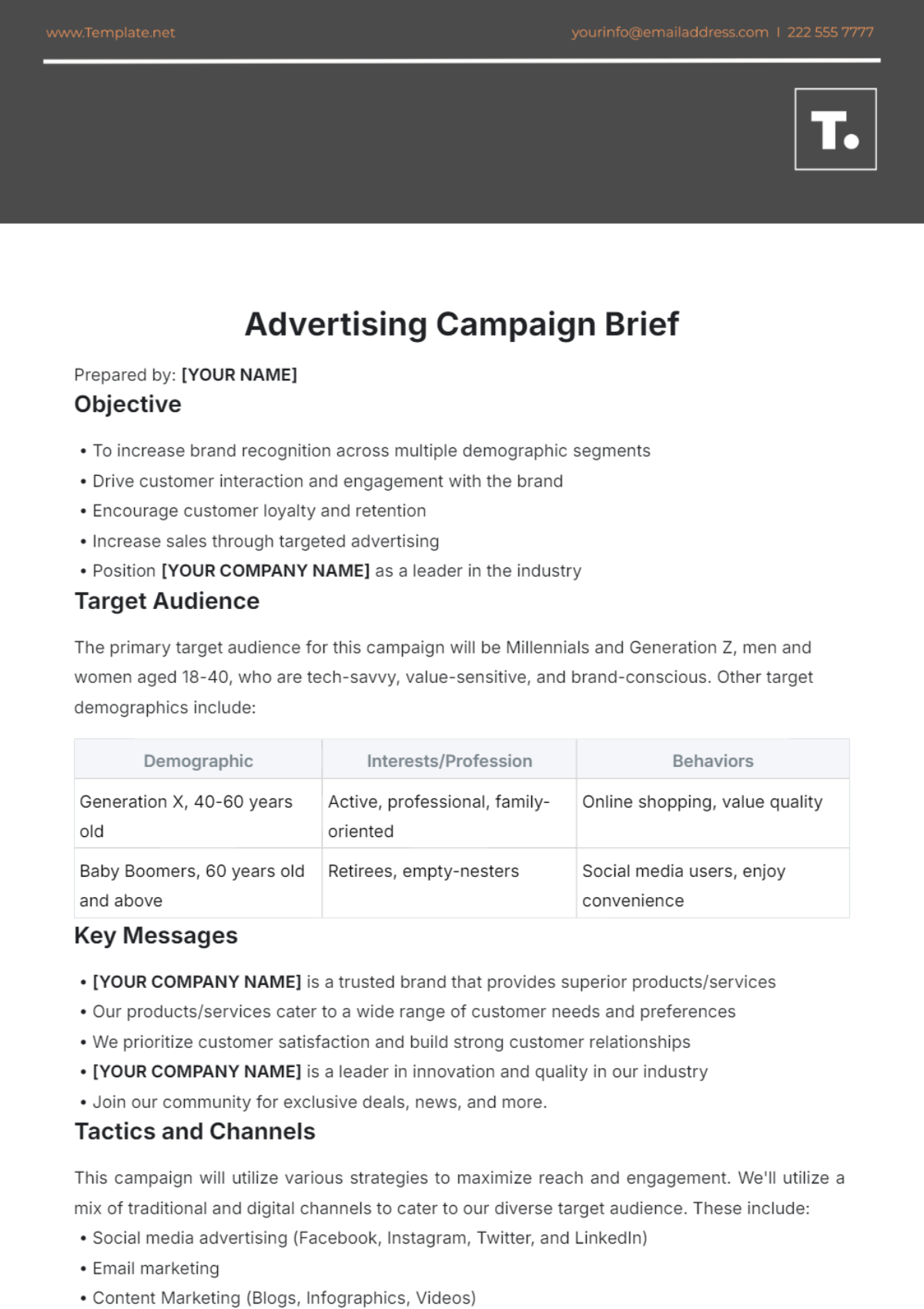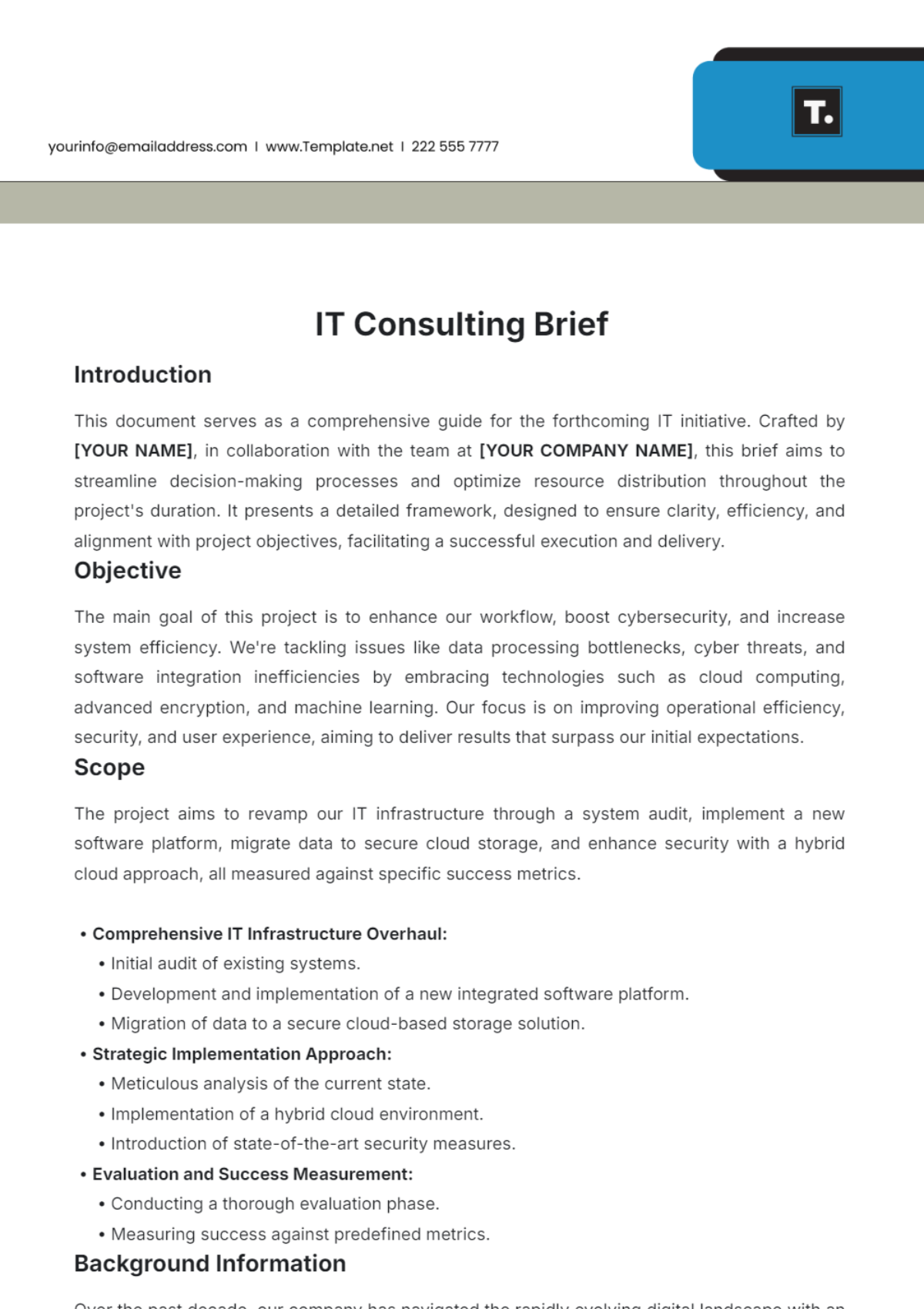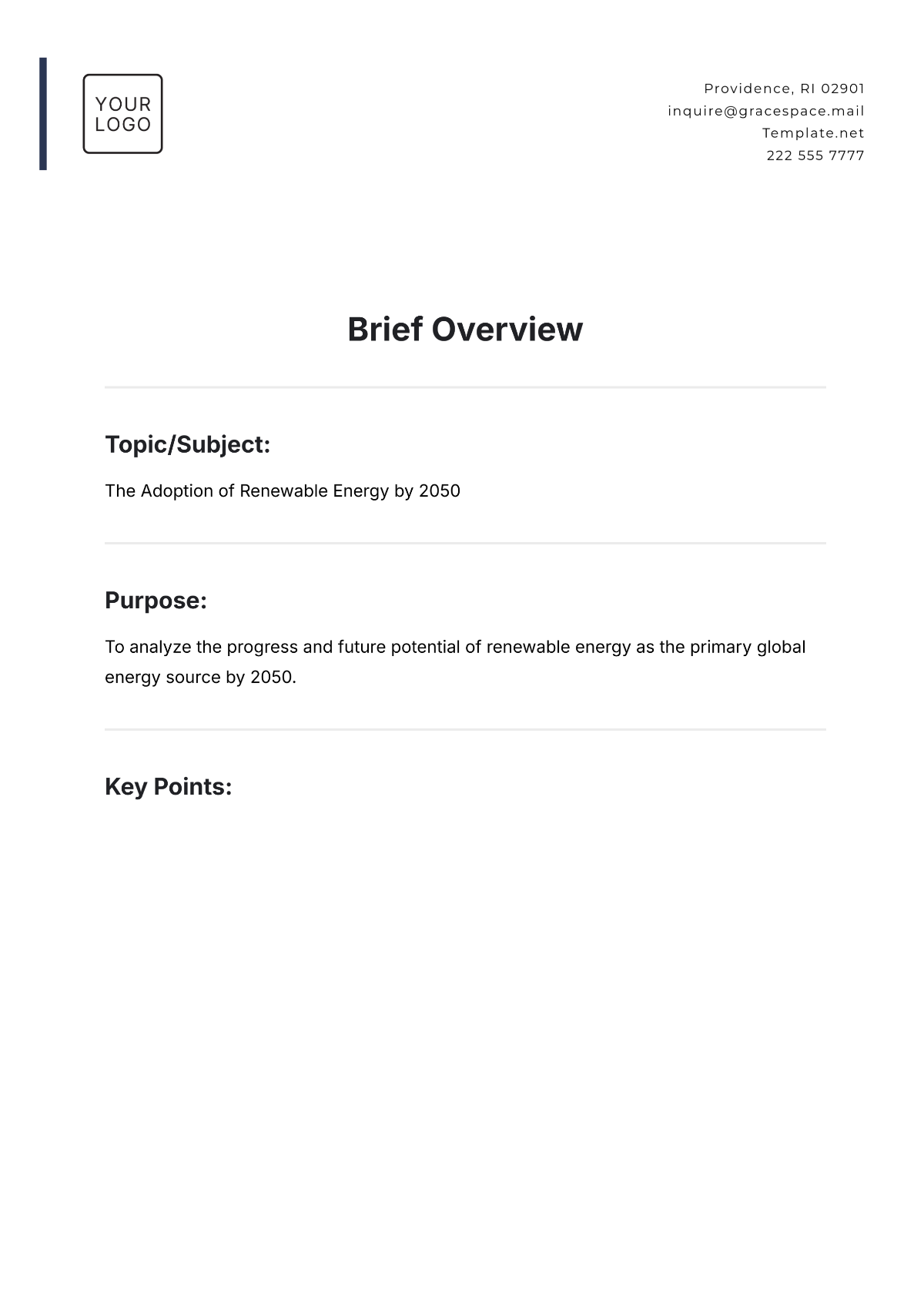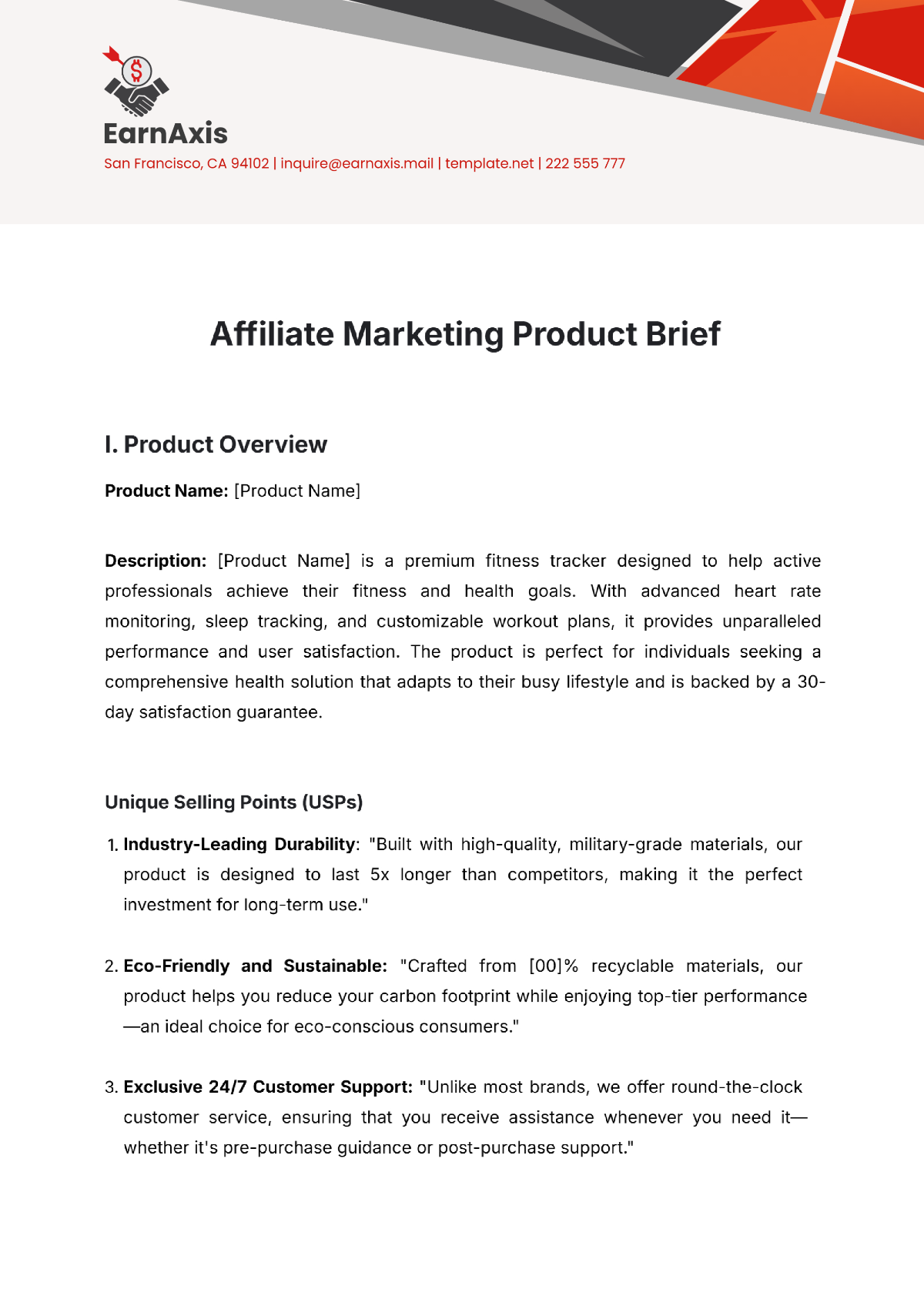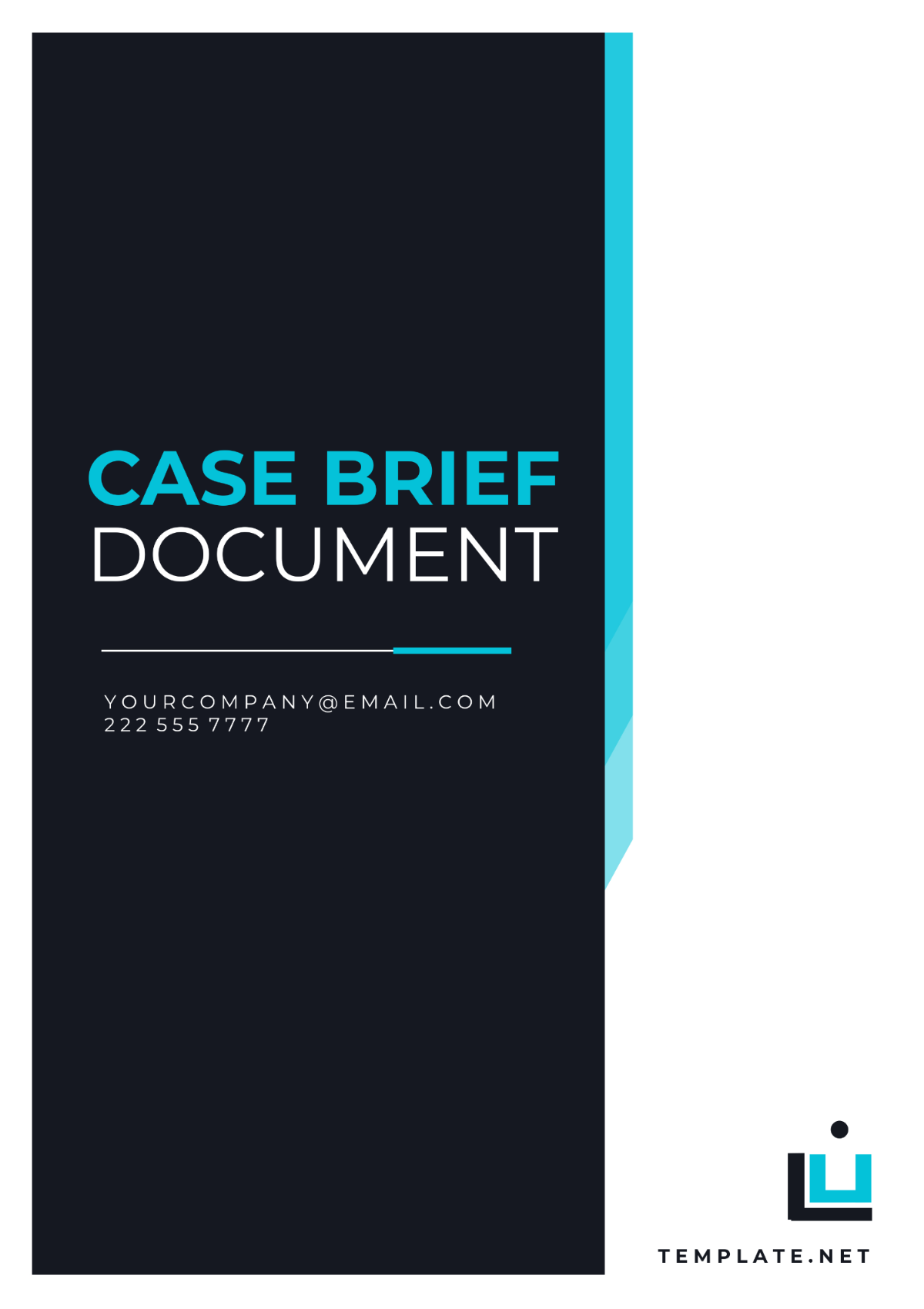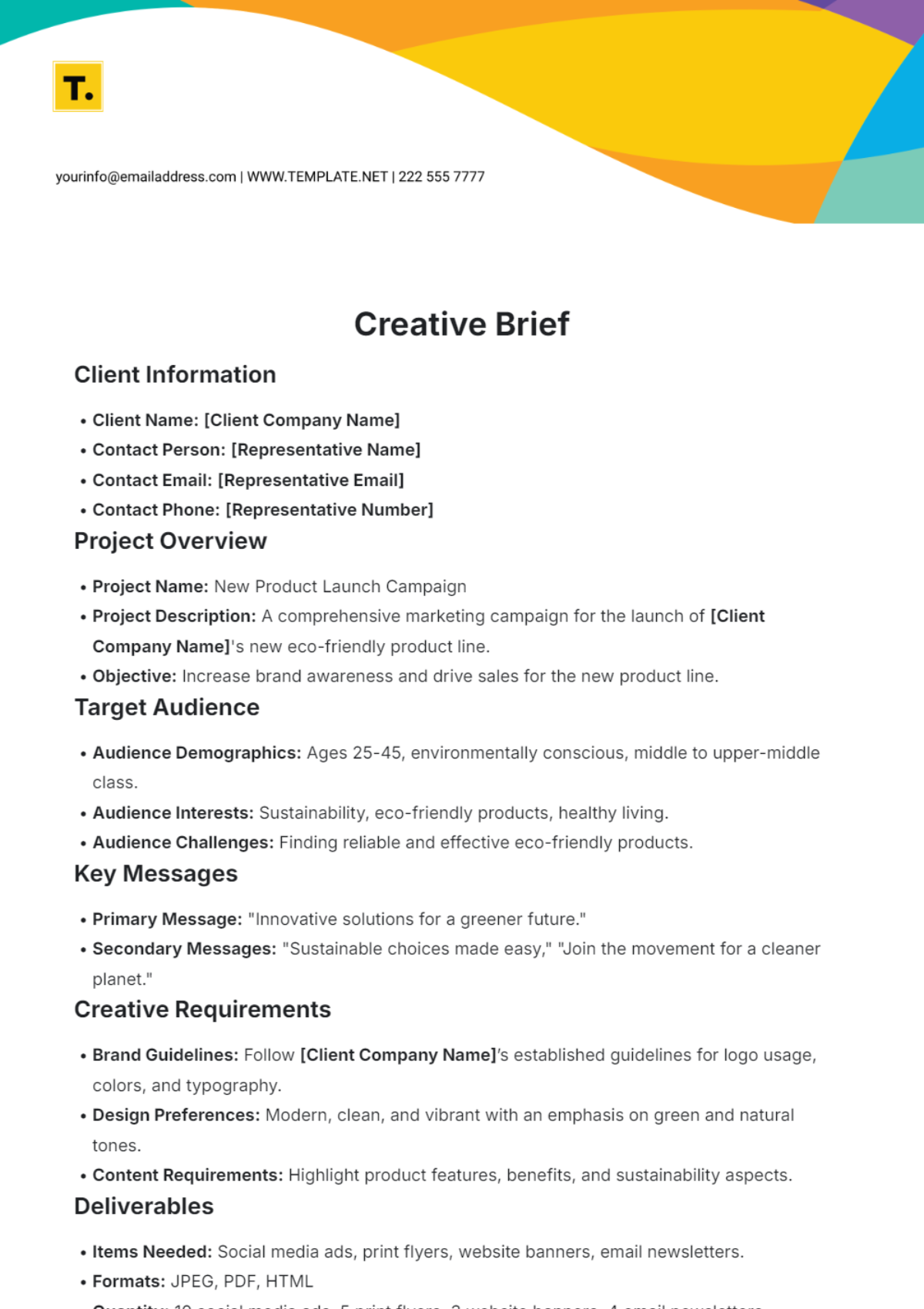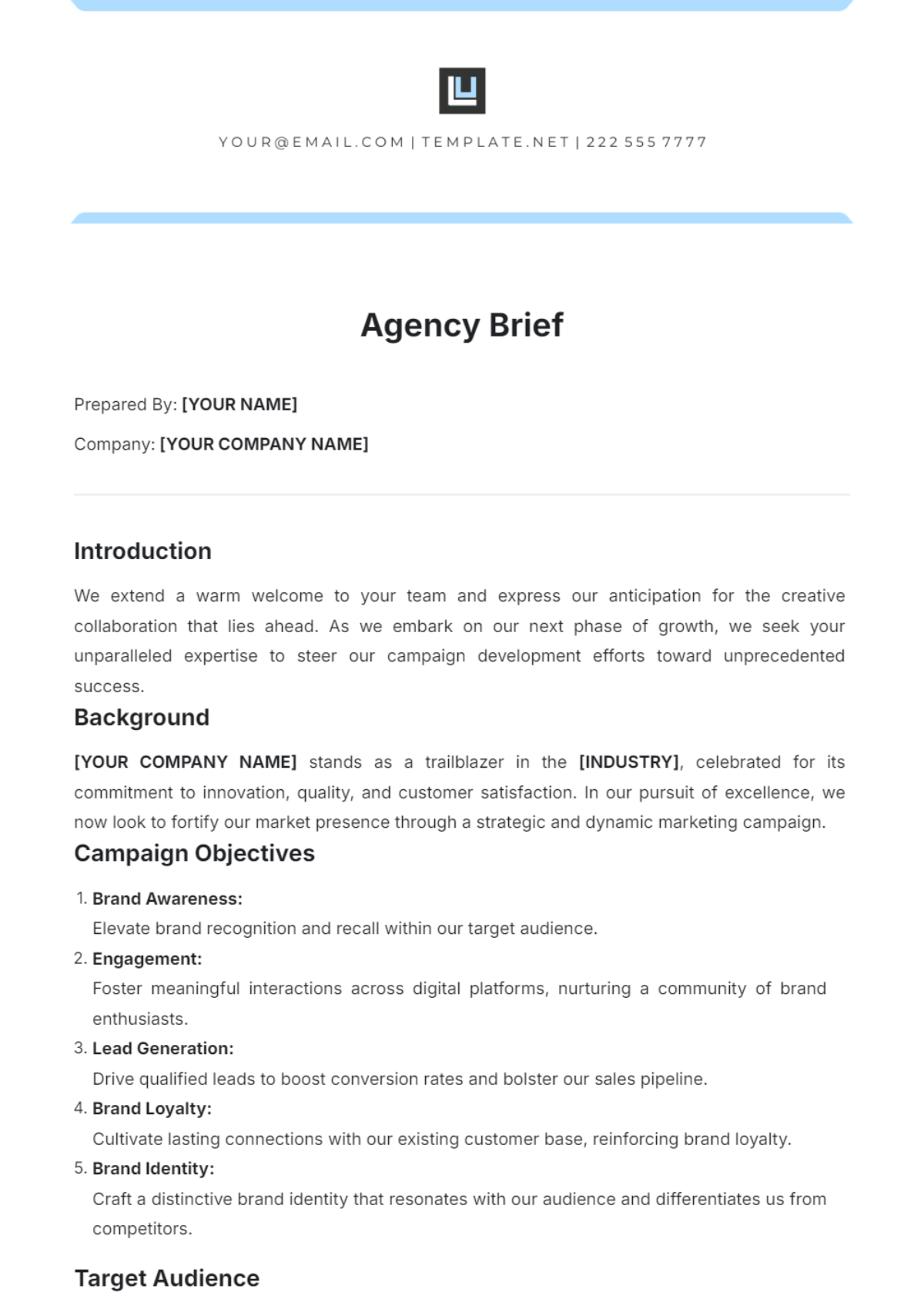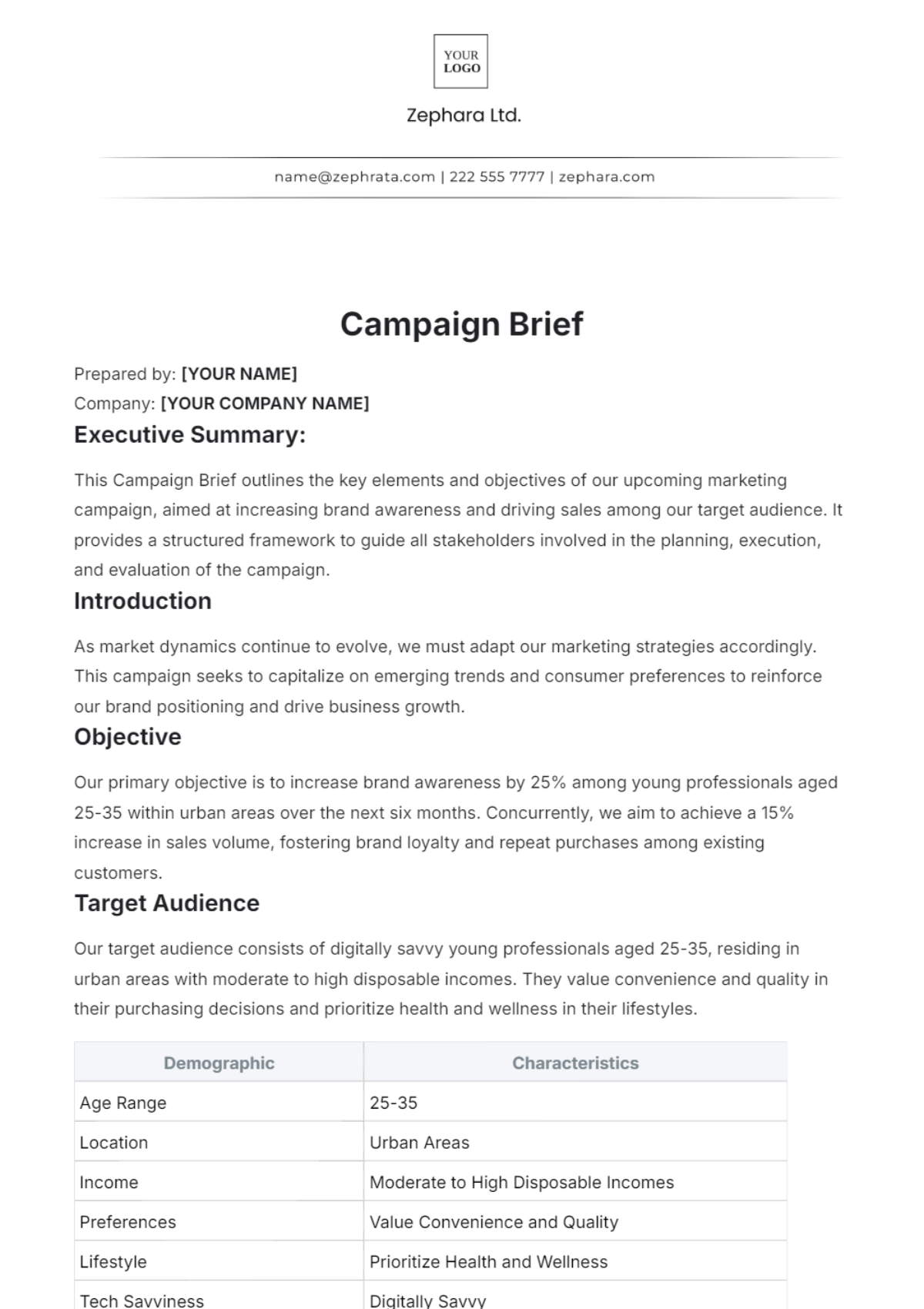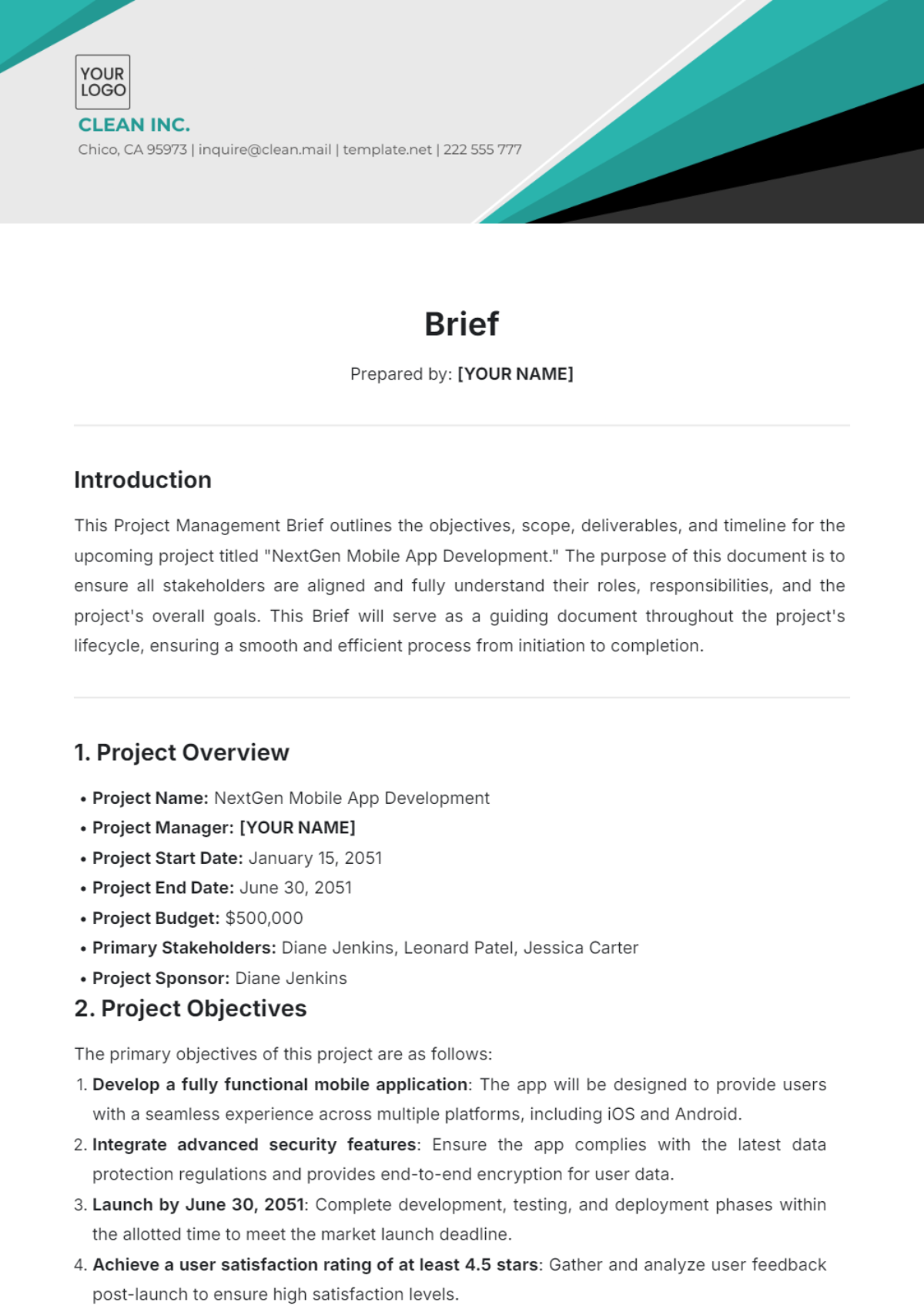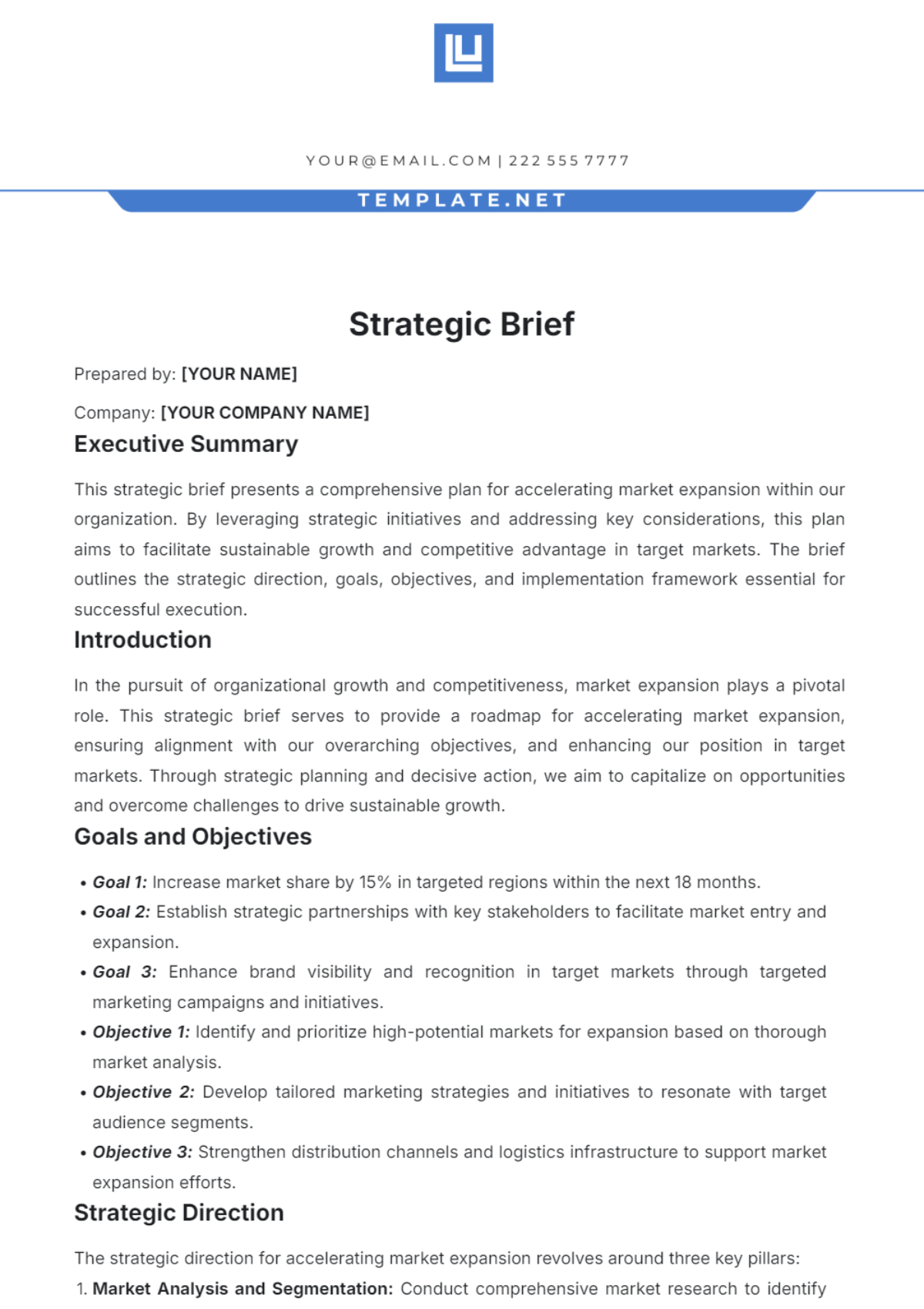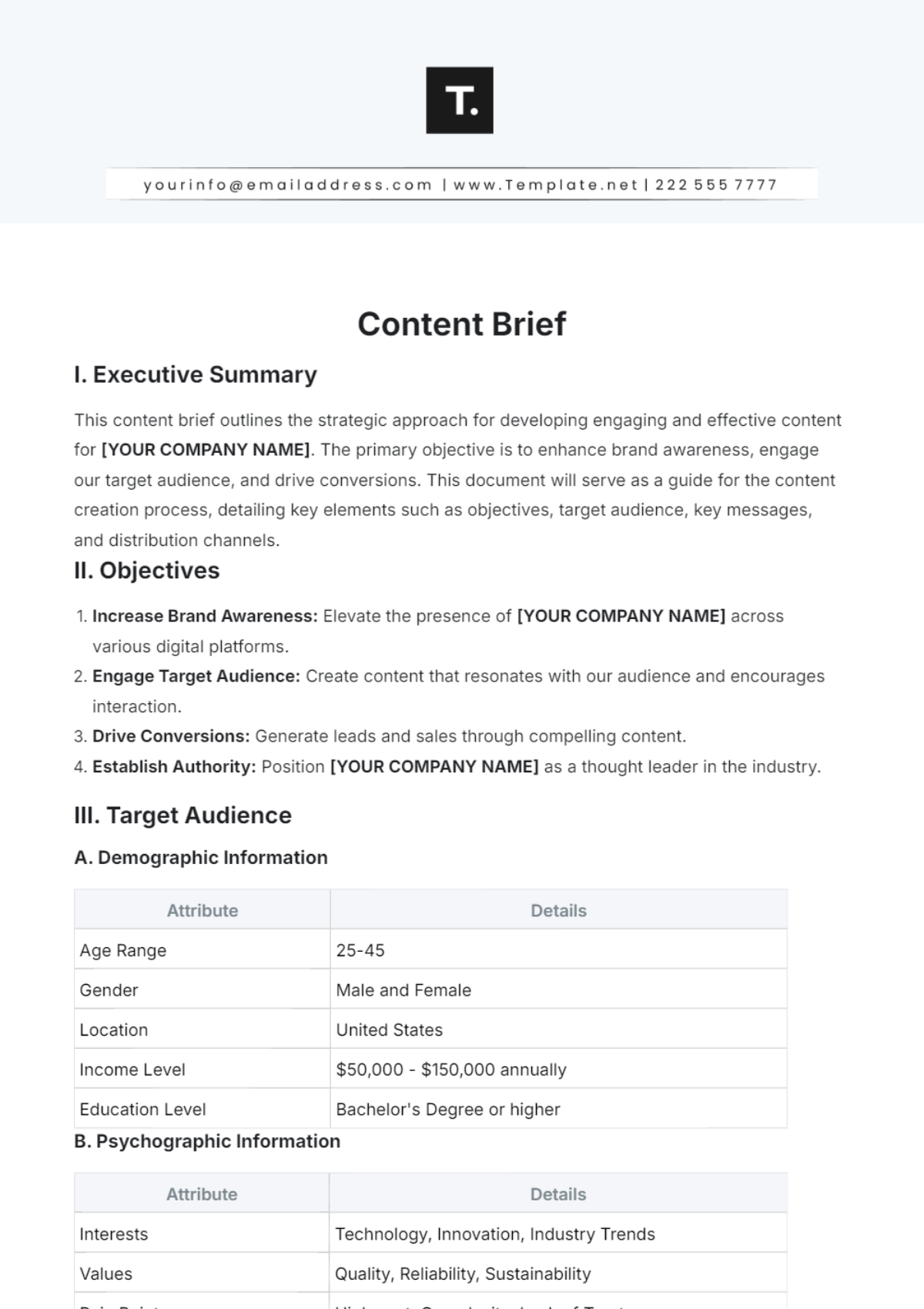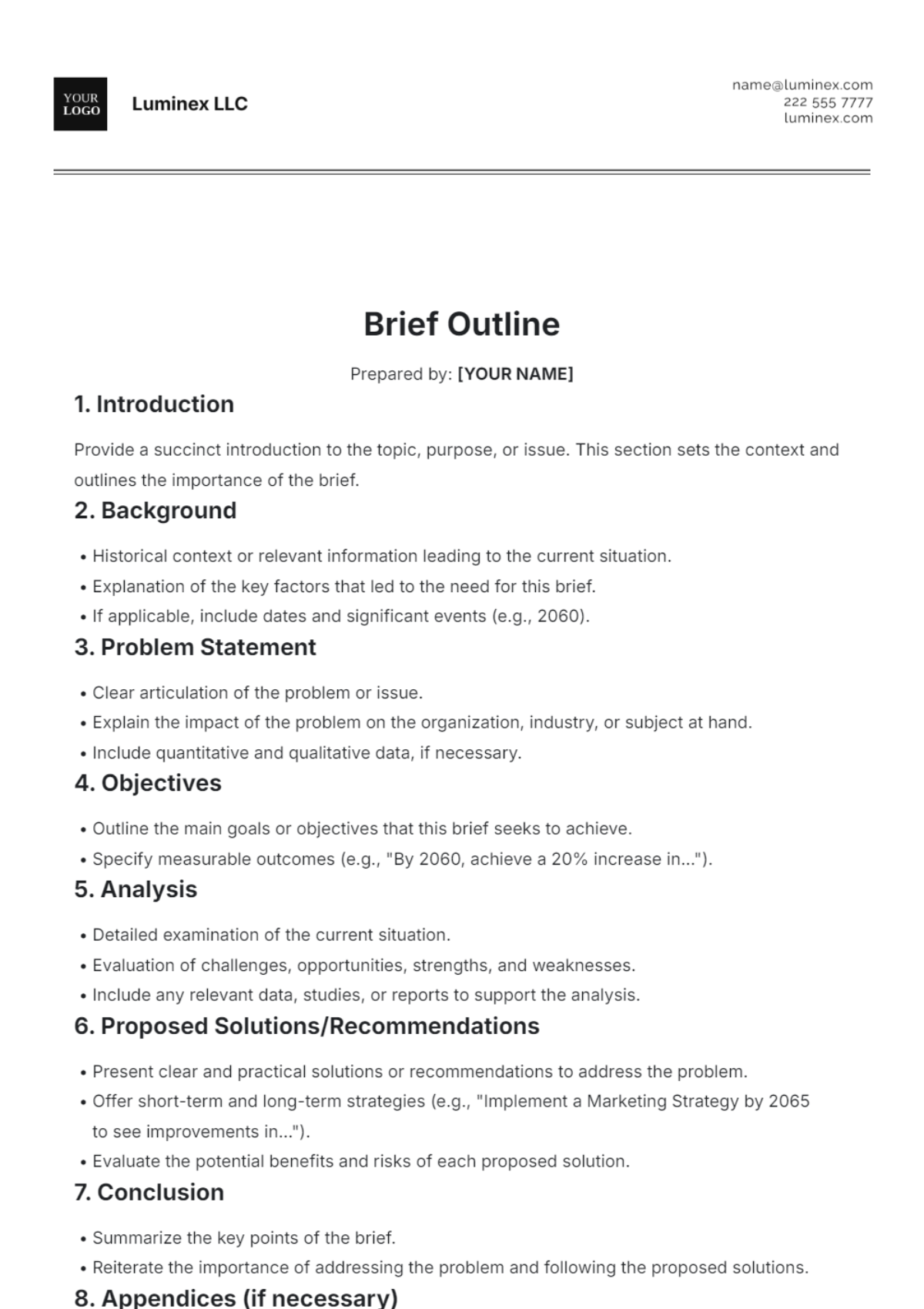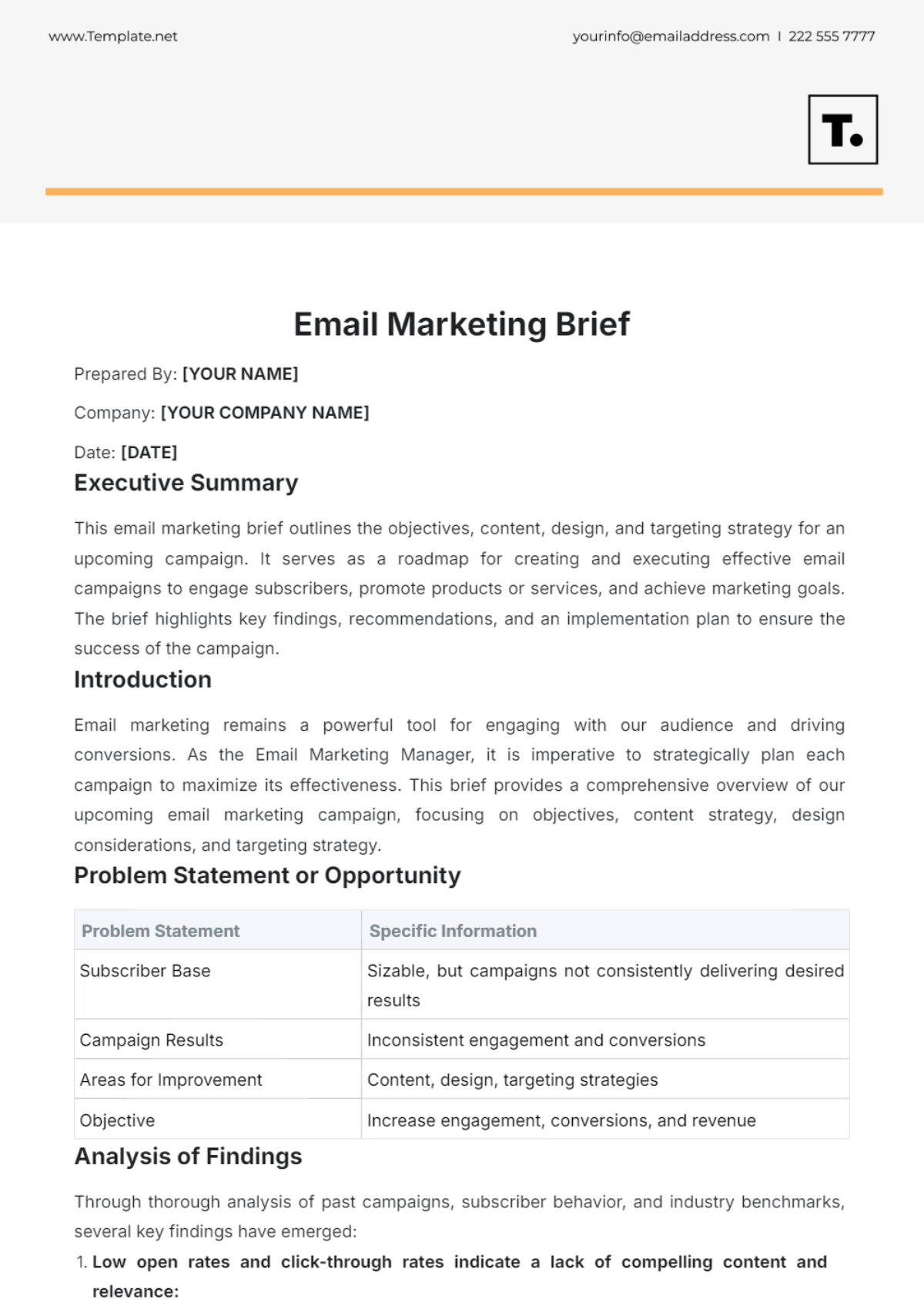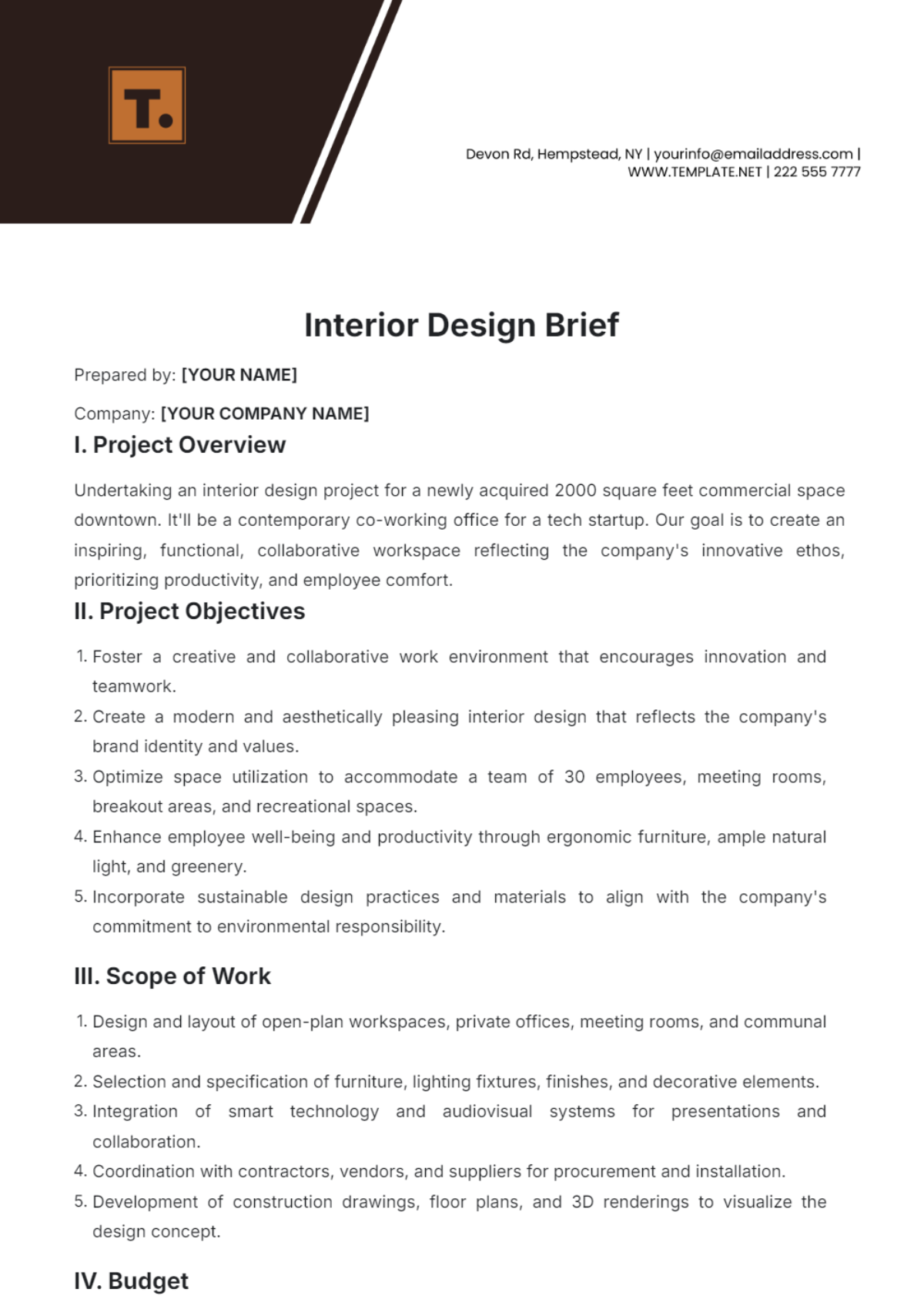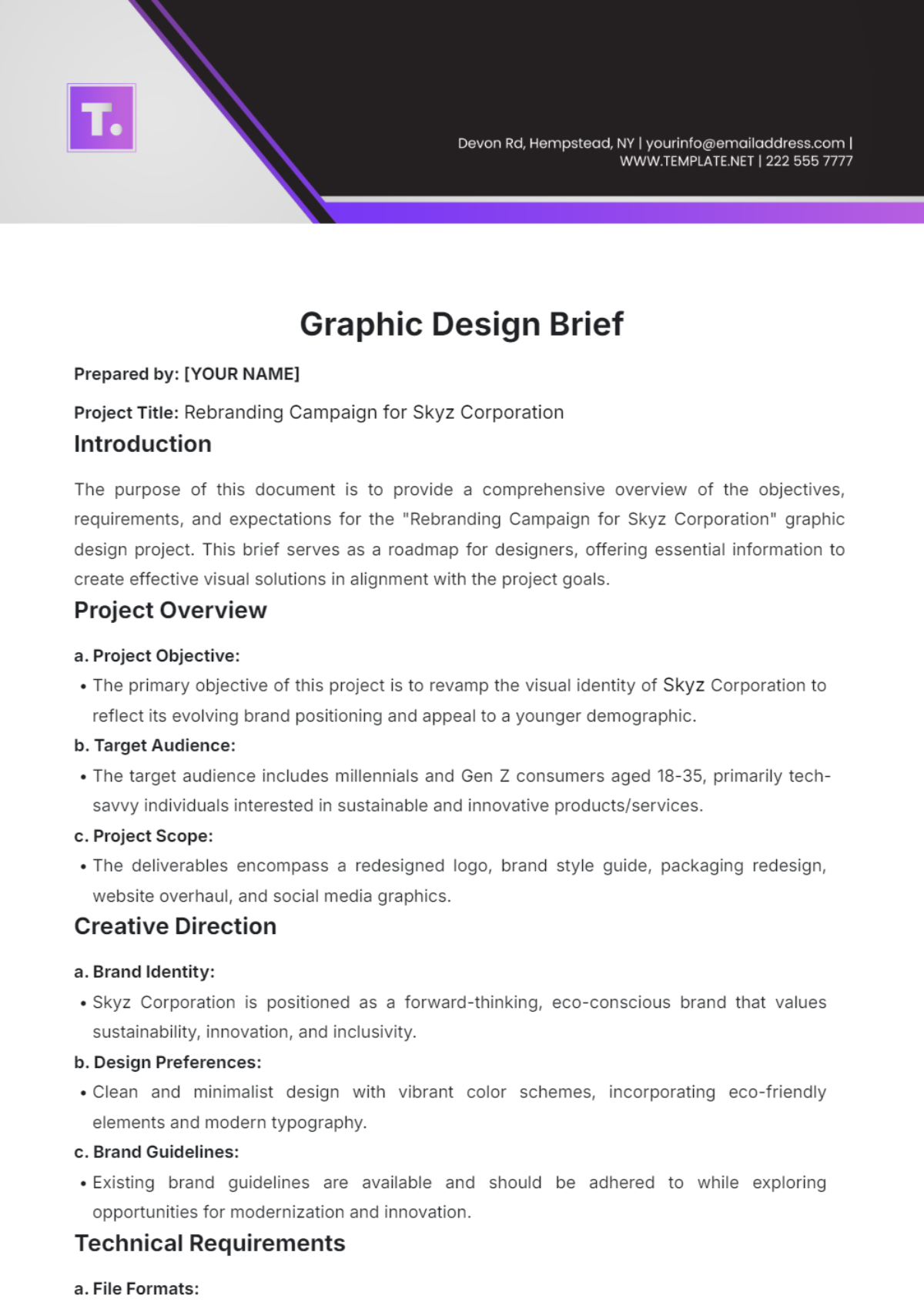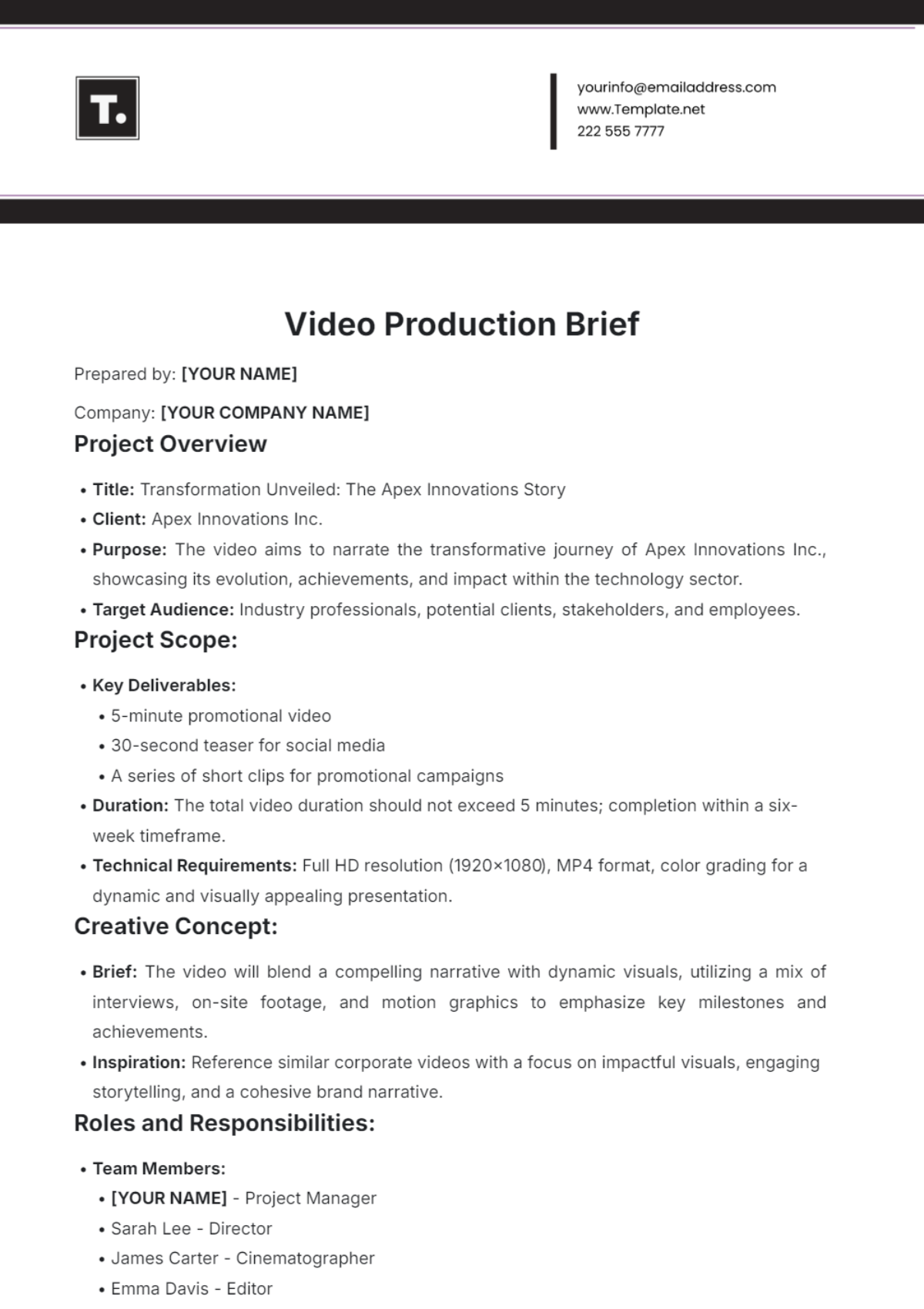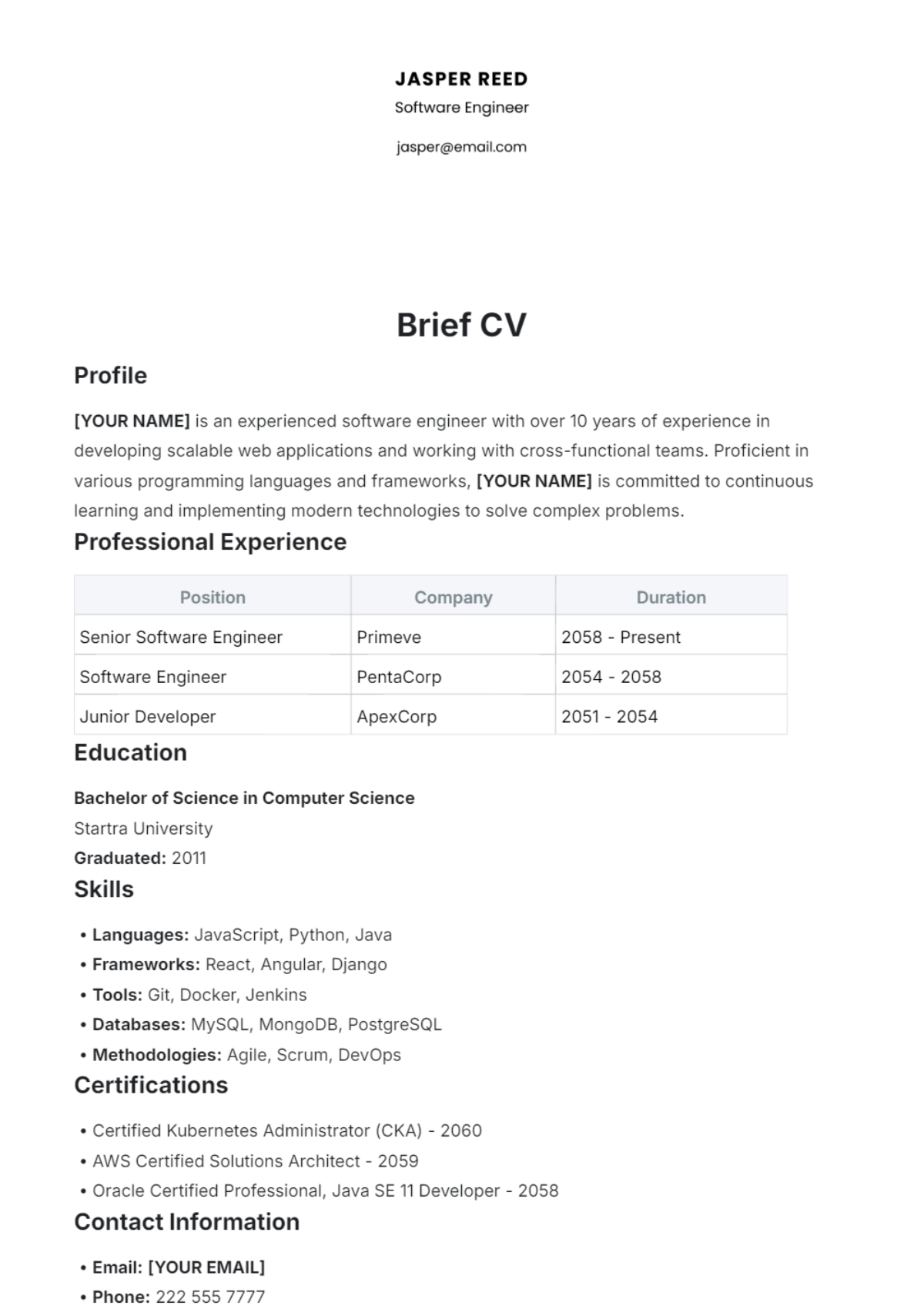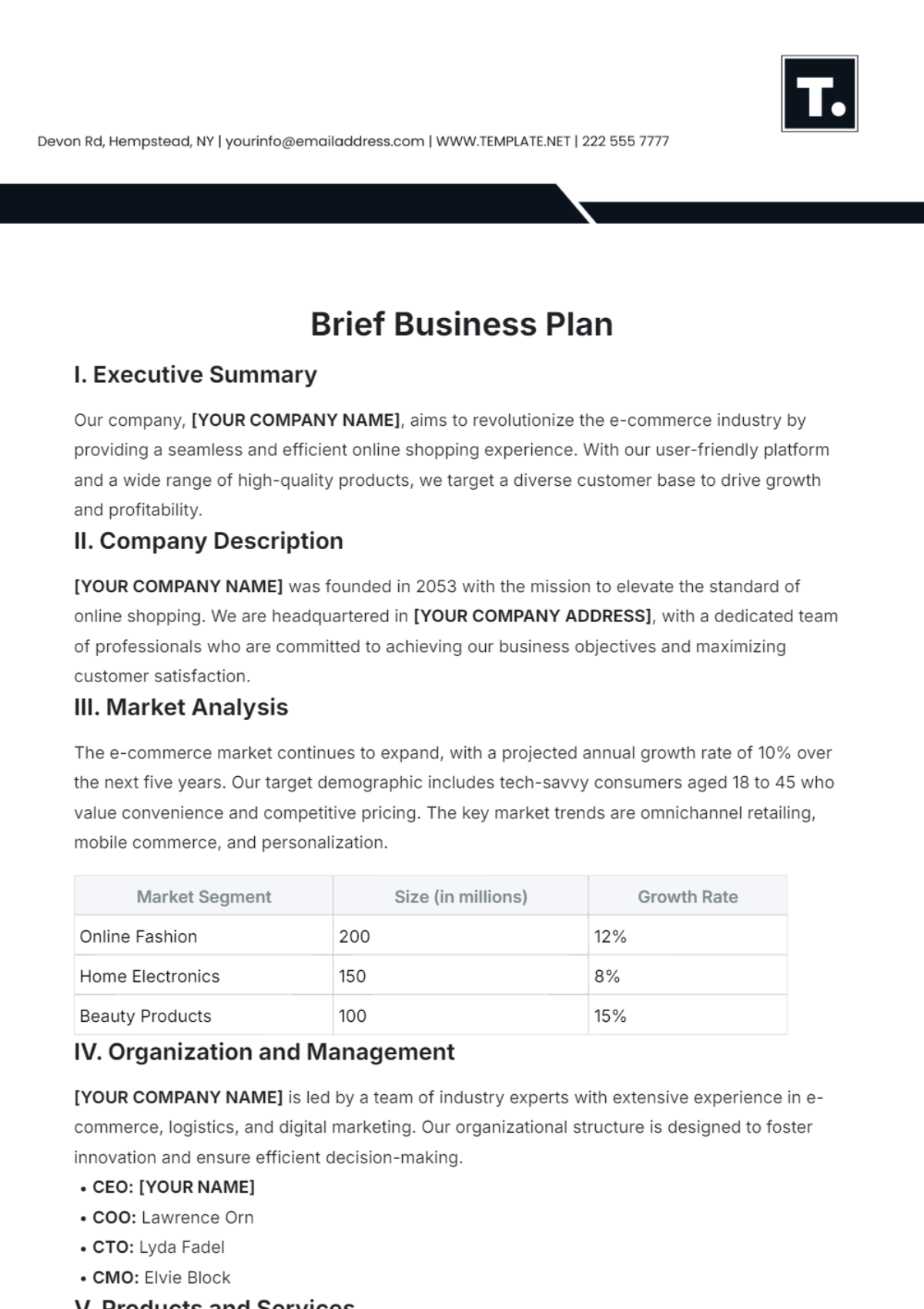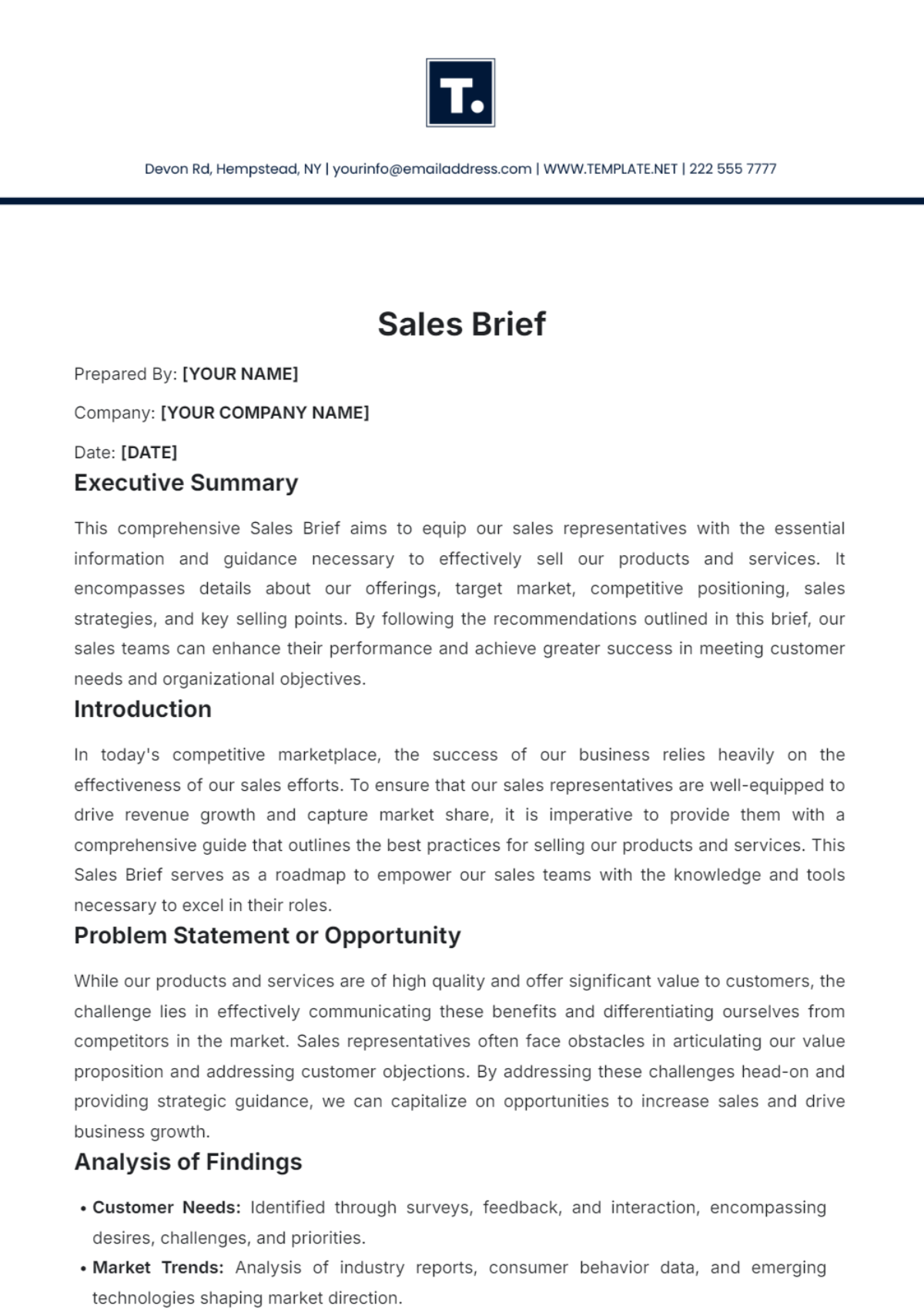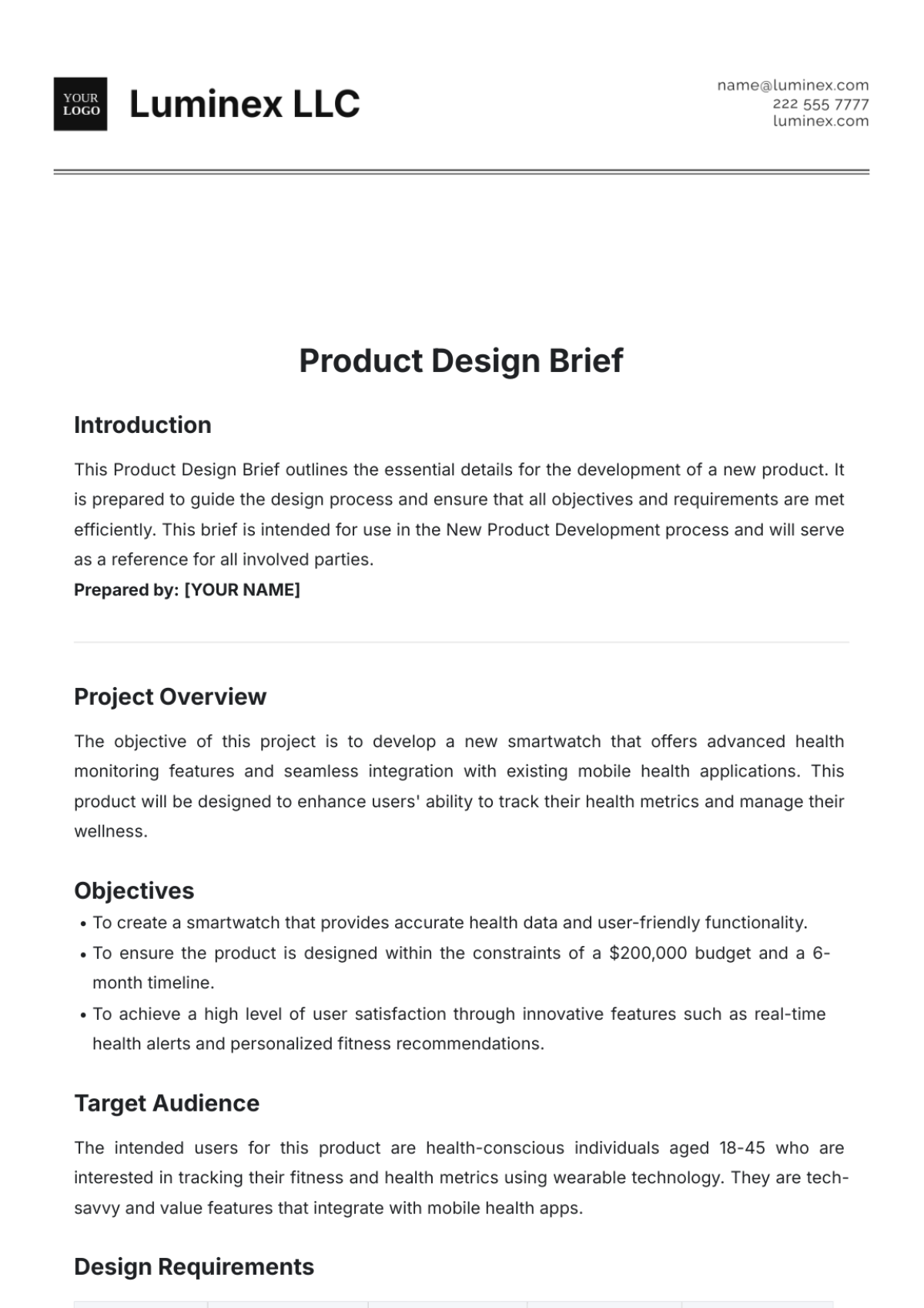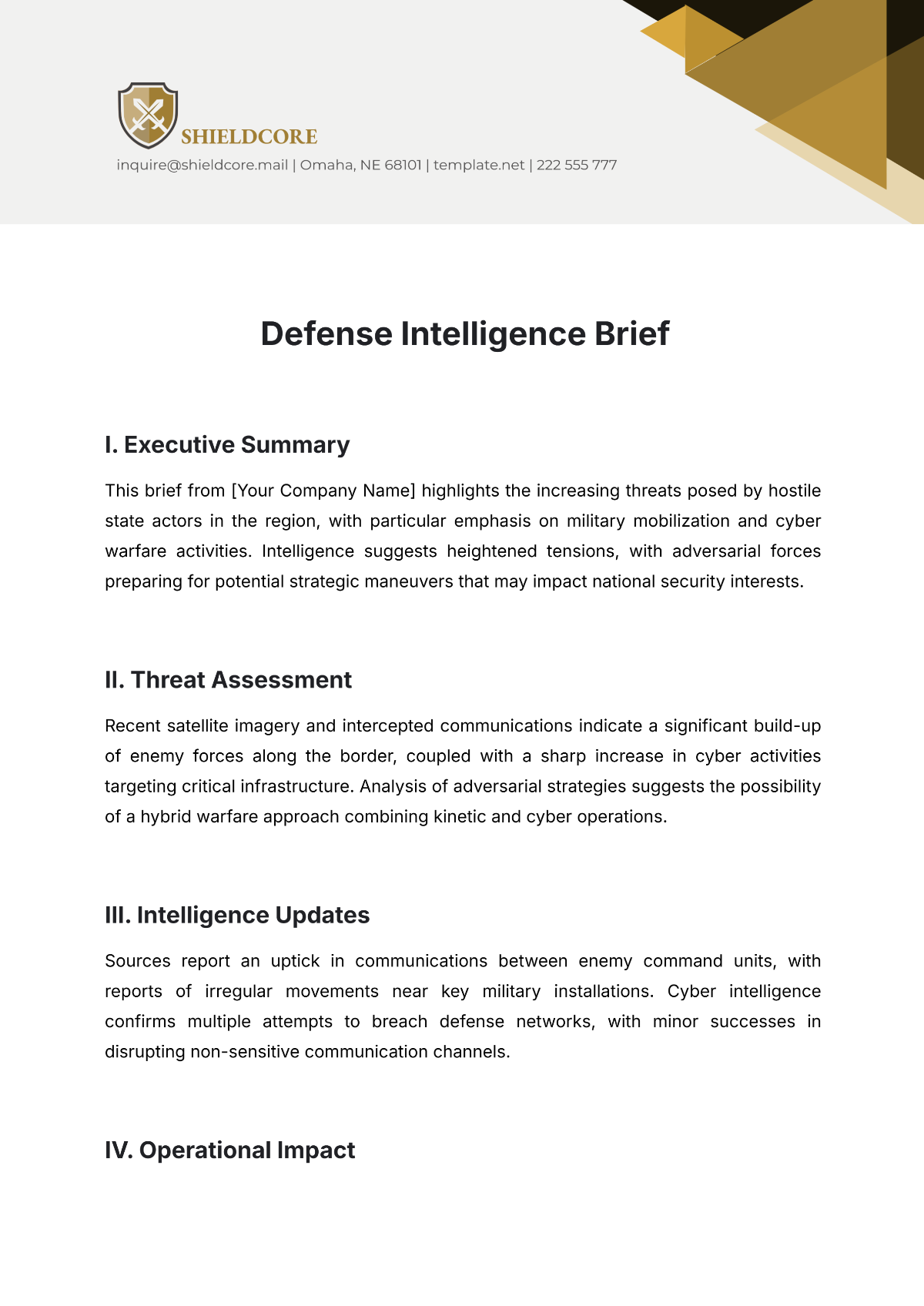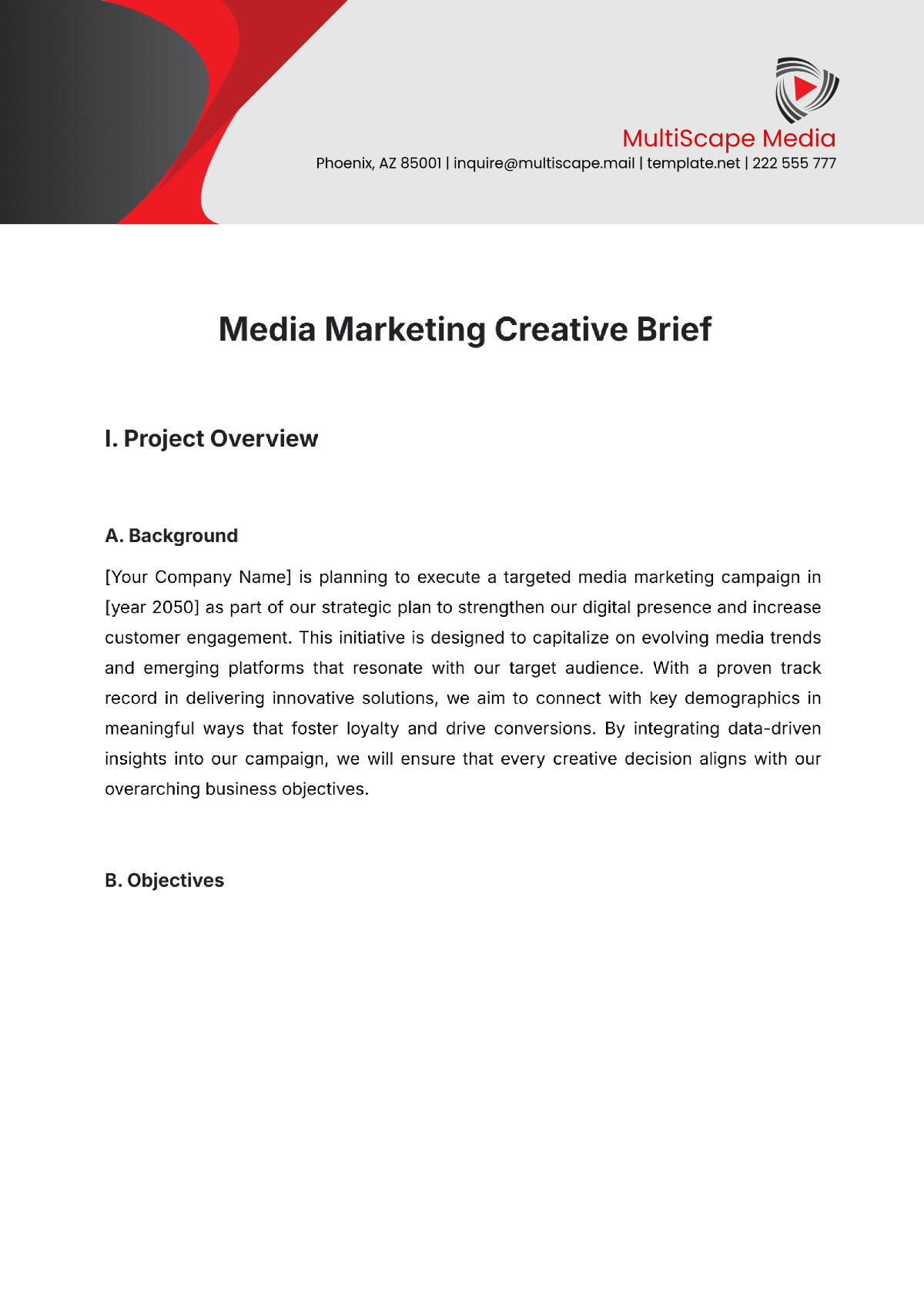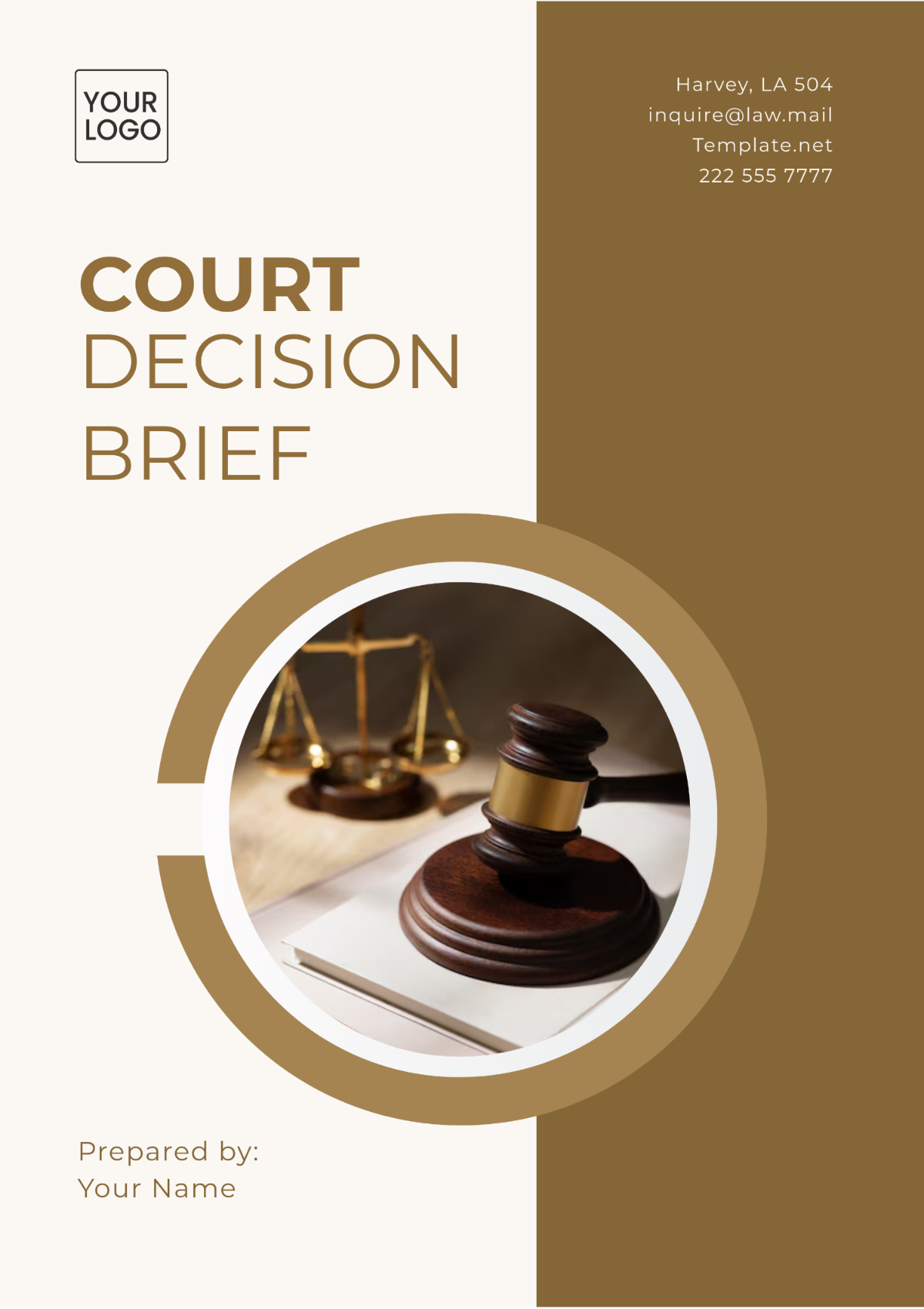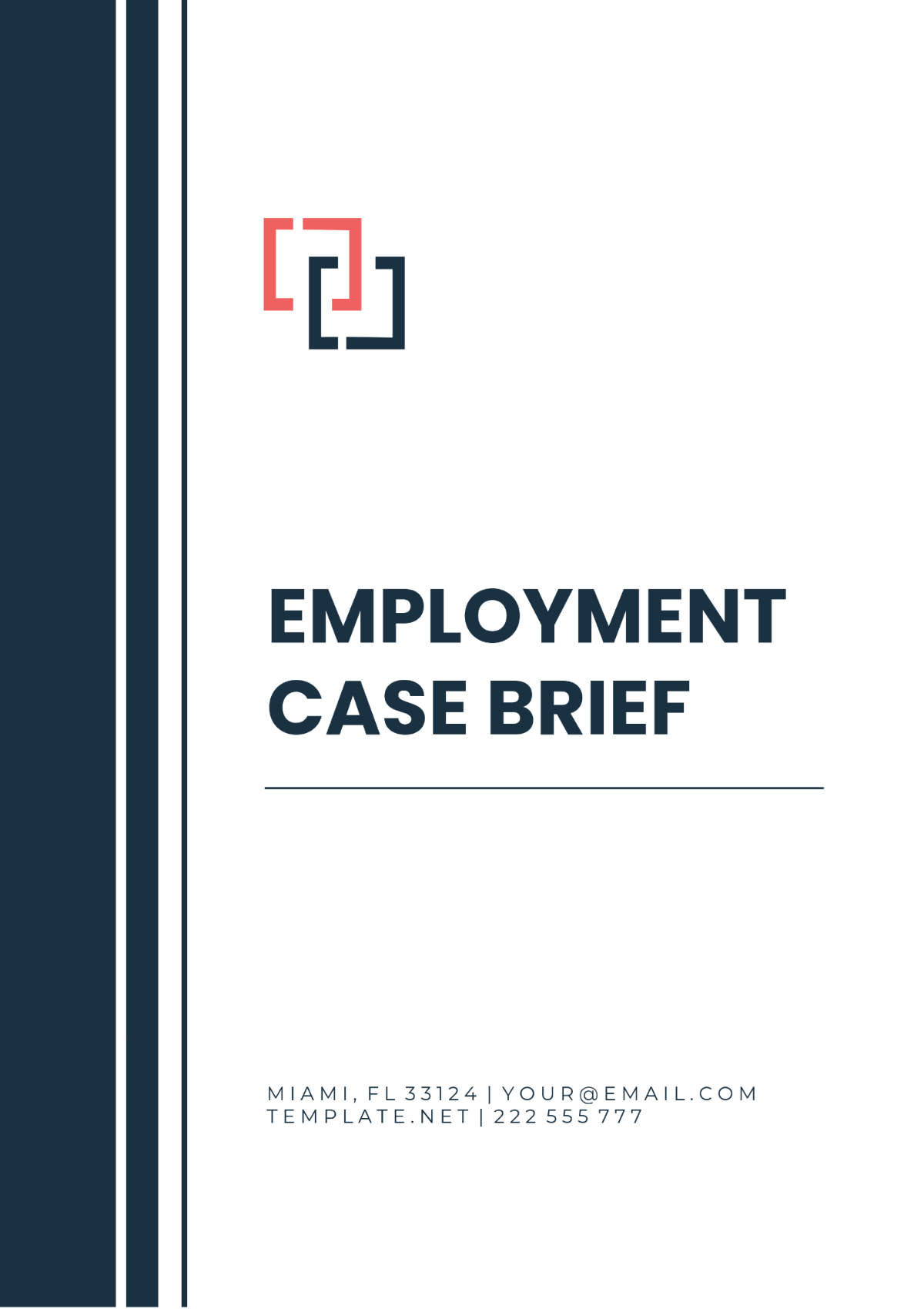Active Learning Brief
Prepared by: [YOUR NAME]
Company: [YOUR COMPANY NAME]
Executive Summary
This document sets out the guidelines and expected outcomes for our active learning initiatives. It provides comprehensive details about the purpose of the initiatives, the methodology we will employ, success metrics, and key stakeholders involved.
Objective:
The primary objective of our active learning initiatives is to improve learning outcomes for our students. Through the implementation of dynamic and participatory teaching methodologies, we seek to foster a more profound understanding of the subject matter and enhance critical thinking skills.
Methodology:
To achieve our objectives, we will employ project-based learning as a central methodology. Project-based learning encourages students to apply theoretical knowledge to real-world scenarios, fostering a deeper understanding of concepts and promoting collaboration and problem-solving skills.
Metrics:
We will measure the success of our active learning initiatives through the following key metrics:
Increase in Test Scores:
Evaluate improvements in students' academic performance through standardised testing.
Improved Student Engagement:
Assess the level of student participation, interaction, and enthusiasm during active learning activities.
Quality of Project Outcomes:
Evaluate the depth and creativity of students' project-based learning outcomes.
Stakeholders:
The success of our active learning initiatives involves collaboration among various stakeholders, including:
Students:
The primary beneficiaries of enhanced learning experiences and improved academic outcomes.
Teachers:
Facilitators of active learning initiatives, responsible for designing and implementing engaging activities.
Parents:
Partners in the education process, contributing to a supportive learning environment at home.
Administrators:
Overseeing the implementation of active learning initiatives and supporting teachers in achieving educational goals.
Active Learning Methodologies
We will detail the specific active learning techniques we intend to use, their benefits, and how they will be implemented. Examples could include collaborative learning, self-directed learning, problem-solving tasks, etc.
Methodology | Benefit | Implementation |
|---|---|---|
Collaborative Learning: Group projects, and discussion forums | Facilitates idea-sharing, improve communication skills, and promote teamwork. | Assign small group projects, and create engaging discussion forums. |
Self-Directed Learning: Project-based assignments and personal learning plans | Cultivates autonomy, develop research skills, and encourage lifelong learning. | Assign independent projects, and collaborate on individual learning plans. |
Problem-Solving Tasks: Case studies, simulations, and role-playing | Enhances critical thinking, and encourage creative problem-solving. | Integrate real-life case studies, and incorporate simulations. |
Roles and Responsibilities
Clear understanding and assignment of roles and responsibilities are crucial. This section will enumerate who does what and when to streamline the execution of the initiatives.
Project Lead:
Responsibilities: Overseeing initiative implementation, reporting progress
Assignment: [Your Name]
Educators:
Responsibilities: Designing and implementing activities
Assignment:
Mr. James Anderson: Mathematics and Science
Ms. Emily Thompson: English and Literature
Mrs. Carlos Rodriguez: Social Studies
Administrators:
Responsibilities: Providing support, ensuring alignment
Assignment:
Principal: Mrs. Patricia Mitchell
Vice Principal: Mr. Richard Davis
Students:
Responsibilities: Actively participating, providing feedback
Assignment: All students in their respective classes
Parents:
Responsibilities: Supporting active learning at home, participating
Assignment: All parents in the school community
Timeline:
Responsibilities: Adhering to the timeline, communicating progress
Evaluation and Success Metrics
Regular evaluation of the effectiveness of the implemented active learning methodologies will ensure we achieve our goals. This section will detail the success metrics we aim to achieve, and the methods of evaluation.
Success Metrics:
Improved Student Participation:
The measure increased engagement and student-initiated contributions.
Enhanced Understanding:
Evaluate improved test scores and critical thinking skills.
Positive Academic Impact:
Assess the correlation between active learning and overall grades.
Evaluation Method:
Periodic Surveys:
Gather qualitative feedback on benefits and challenges.
Observation:
Use standard rubric for engagement and collaboration.
Academic Performance:
Examine test scores and project grades for improvements.
Adjustment and Improvement: Implement targeted professional development based on results.
Communication of Results: Regularly update stakeholders on evaluation findings.
Project Timeline
This timeline ensures a structured approach, aligning tasks with clear start and end dates for the successful execution of our active learning initiatives.
Active Learning Initiatives Timeline
Task | Start Date | End Date |
|---|---|---|
Project Kick-off | 1st April 2050 | 5th April 2050 |
Educators Training | 6th April 2050 | 15th April 2050 |
Classroom Preparation | 1st May 2050 | 15th May 2050 |
Launch of Active Learning | 16th May 2050 | 31st May 2050 |
Periodic Surveys and Feedback | Ongoing | Ongoing |
Evaluation and Analysis | 1st Sep 2050 | 15th Sep 2050 |
Adjustments and Improvements | 16th Sep 2050 | 30th Sep 2050 |
Final Report and Communication | 1st Oct 2050 | 5th Oct 2050 |
Wrap-up and Celebration | 6th Oct 2050 | 10th Oct 2050 |
Thank you for your dedication to this timeline.
